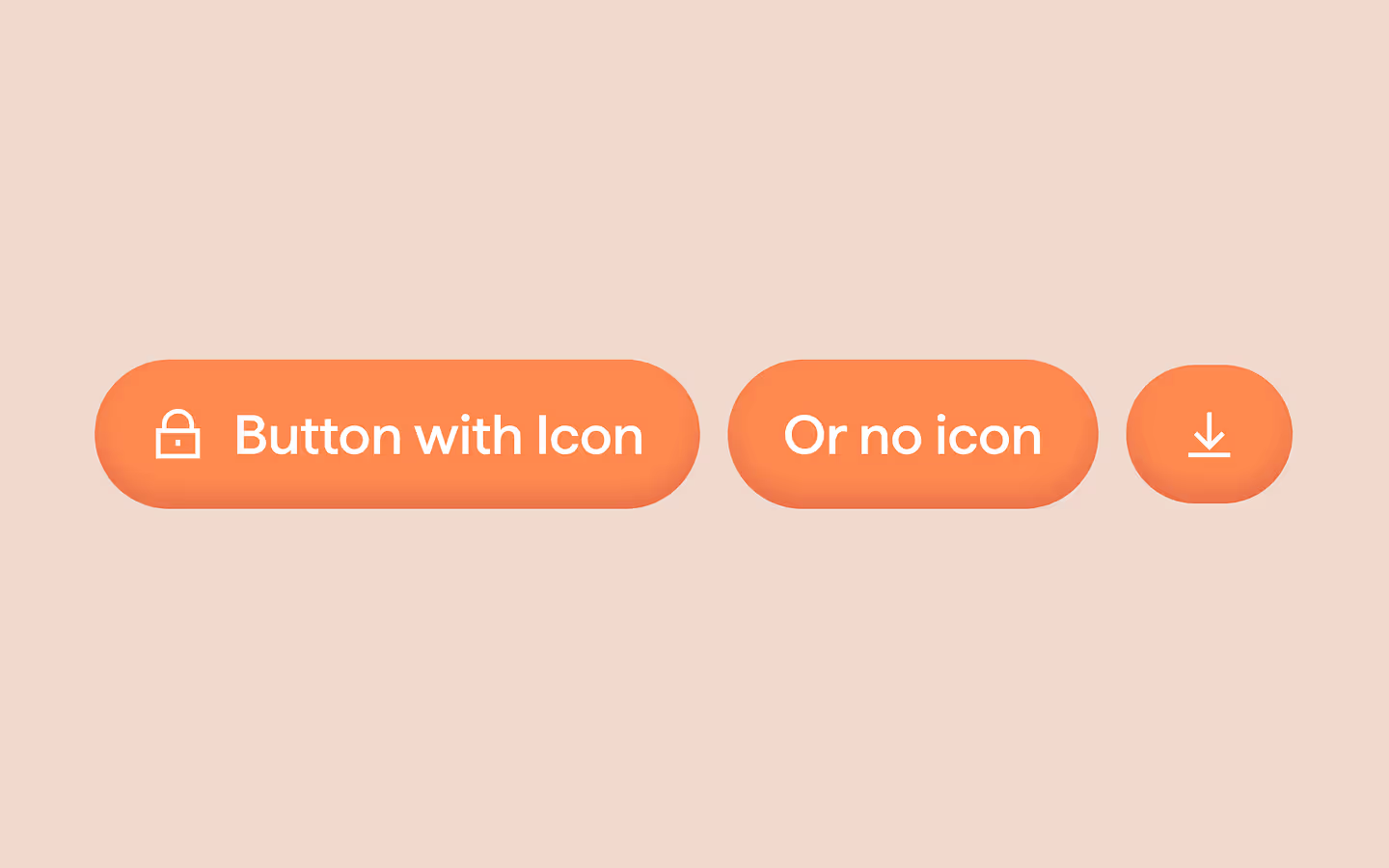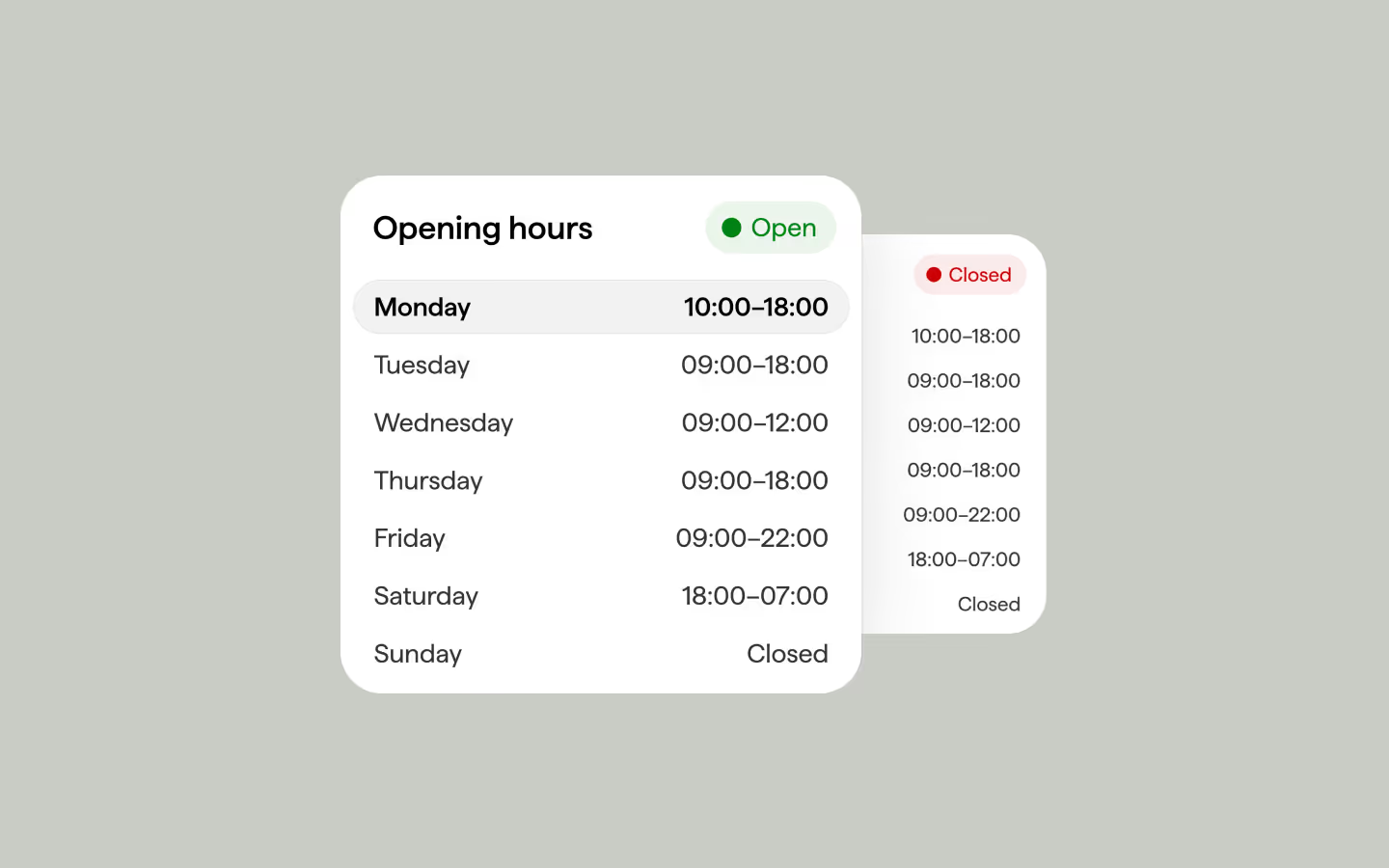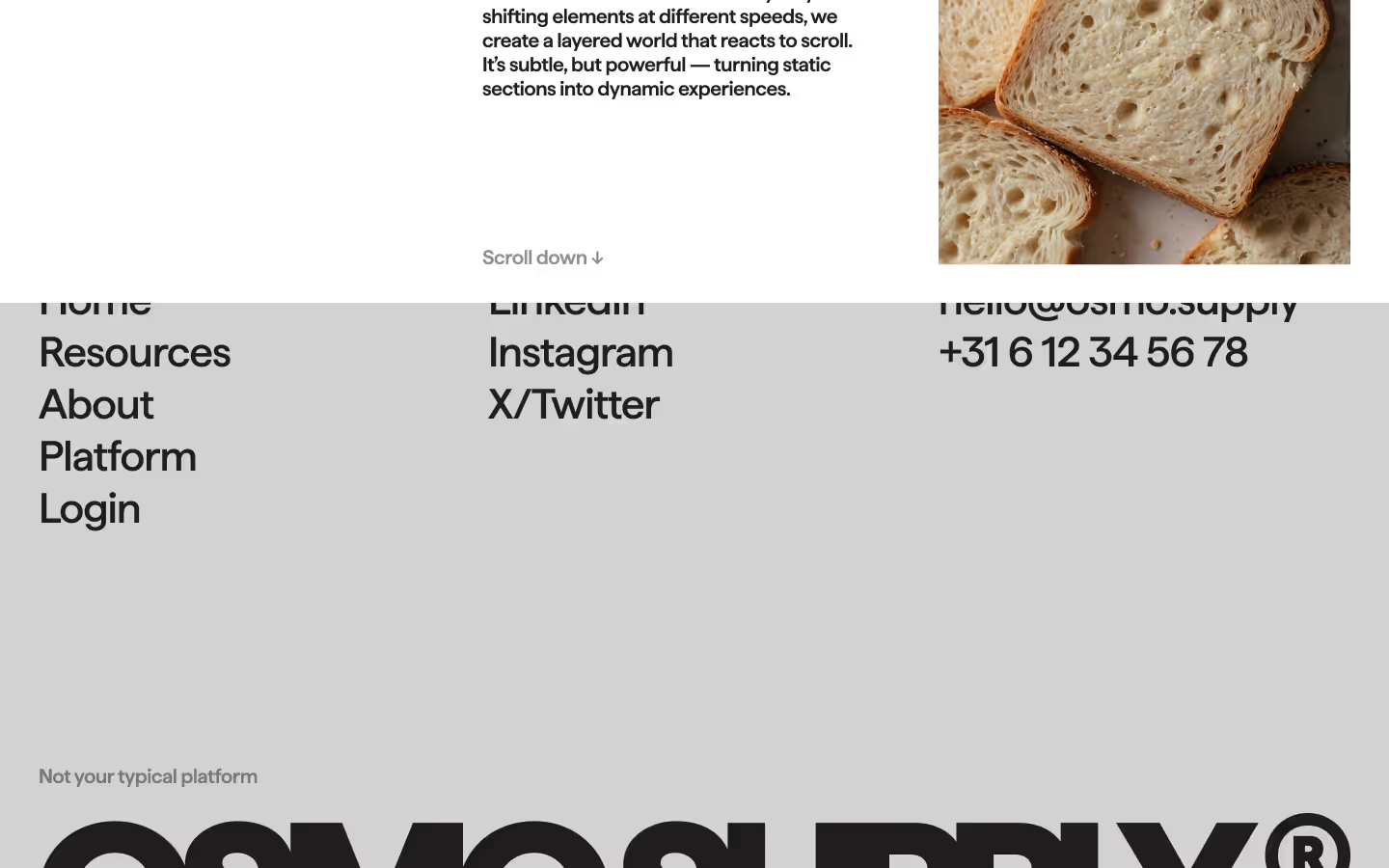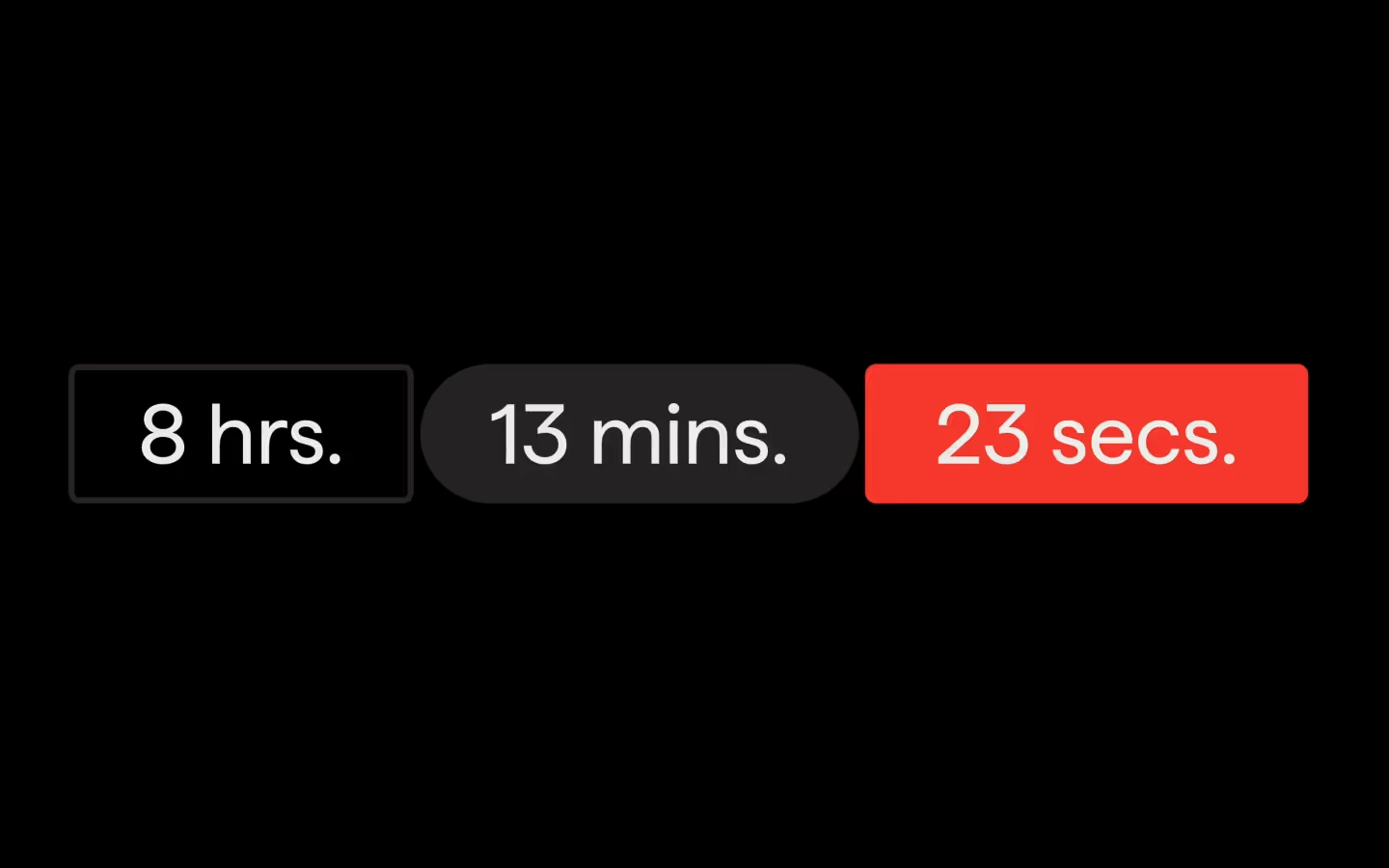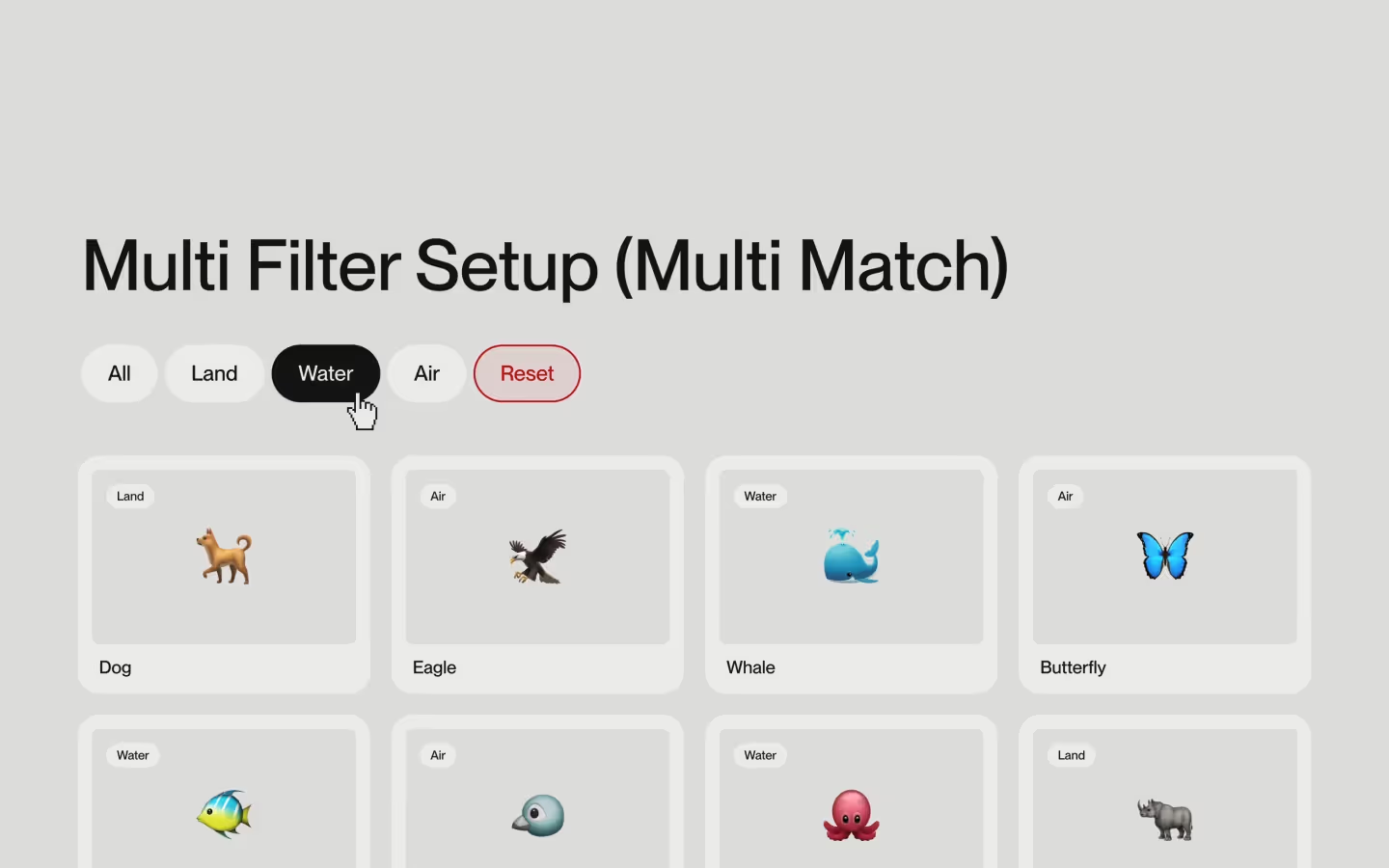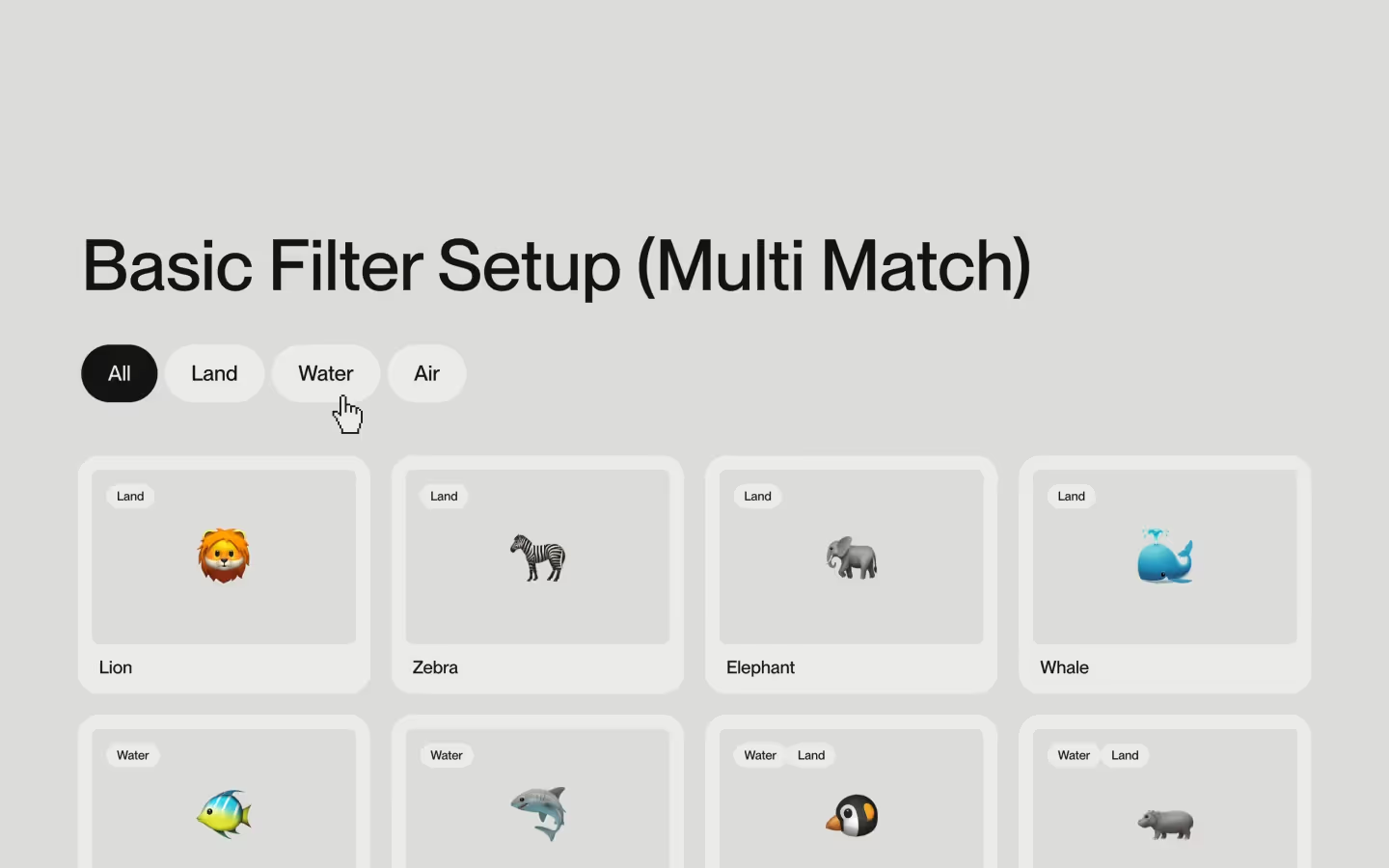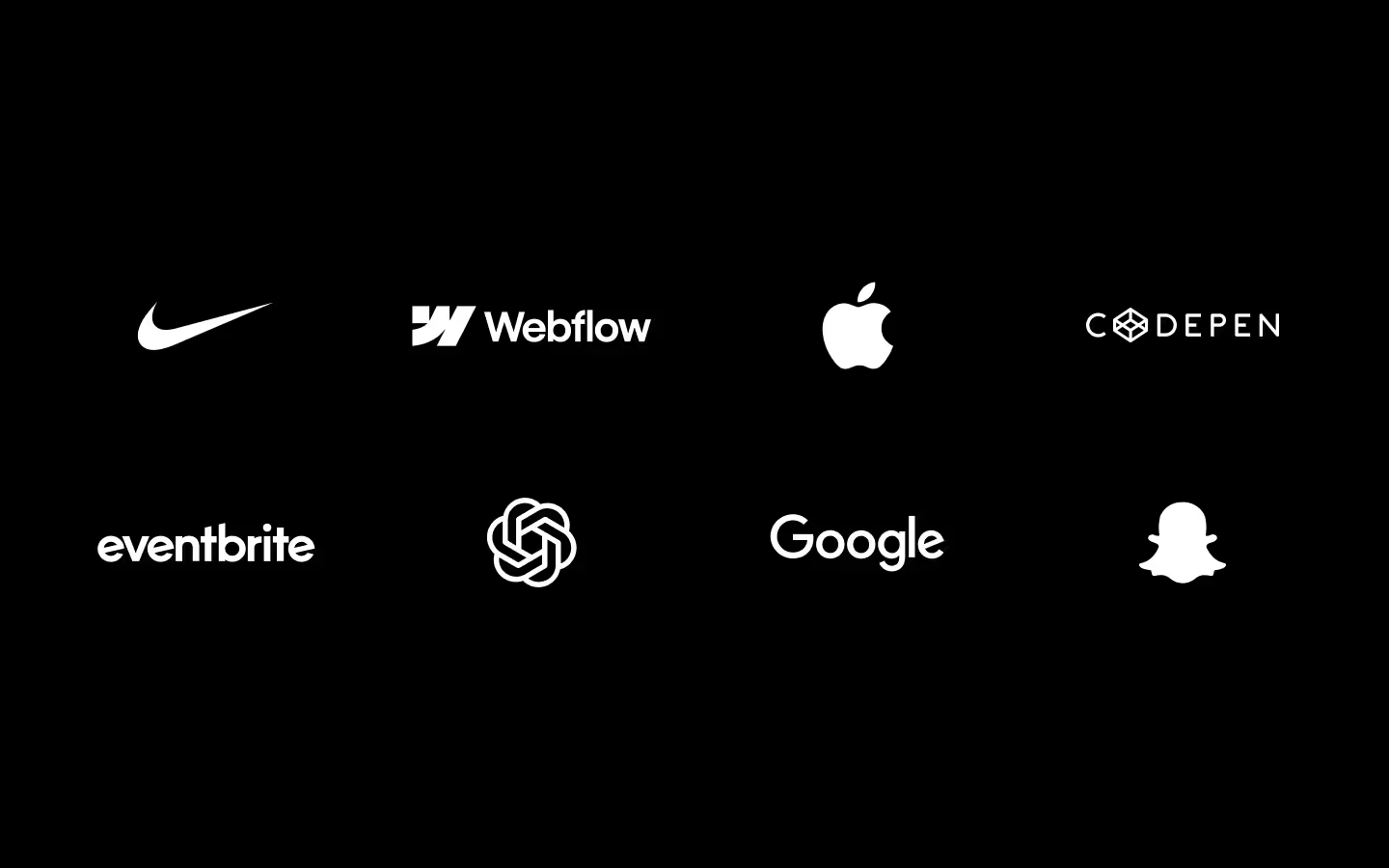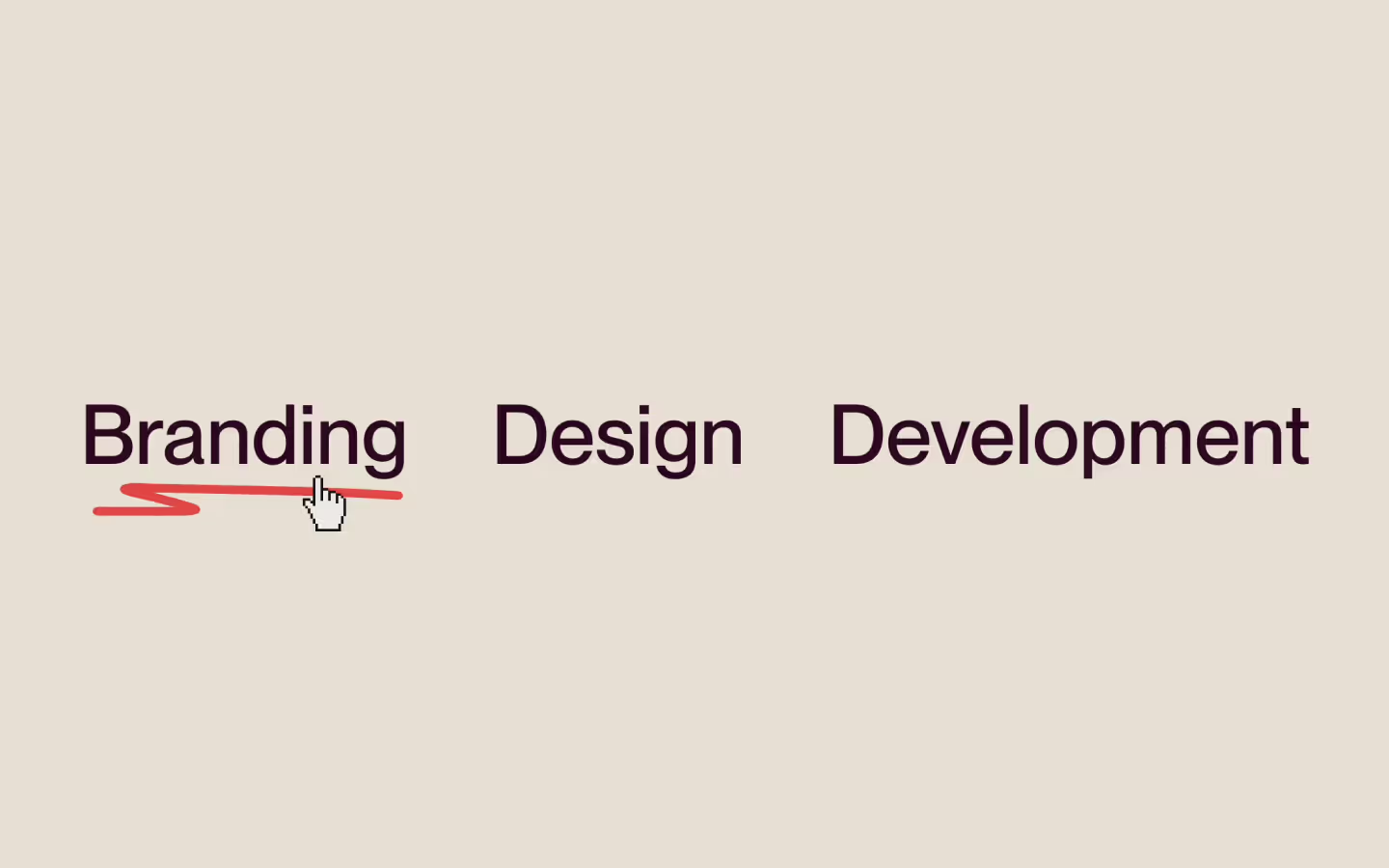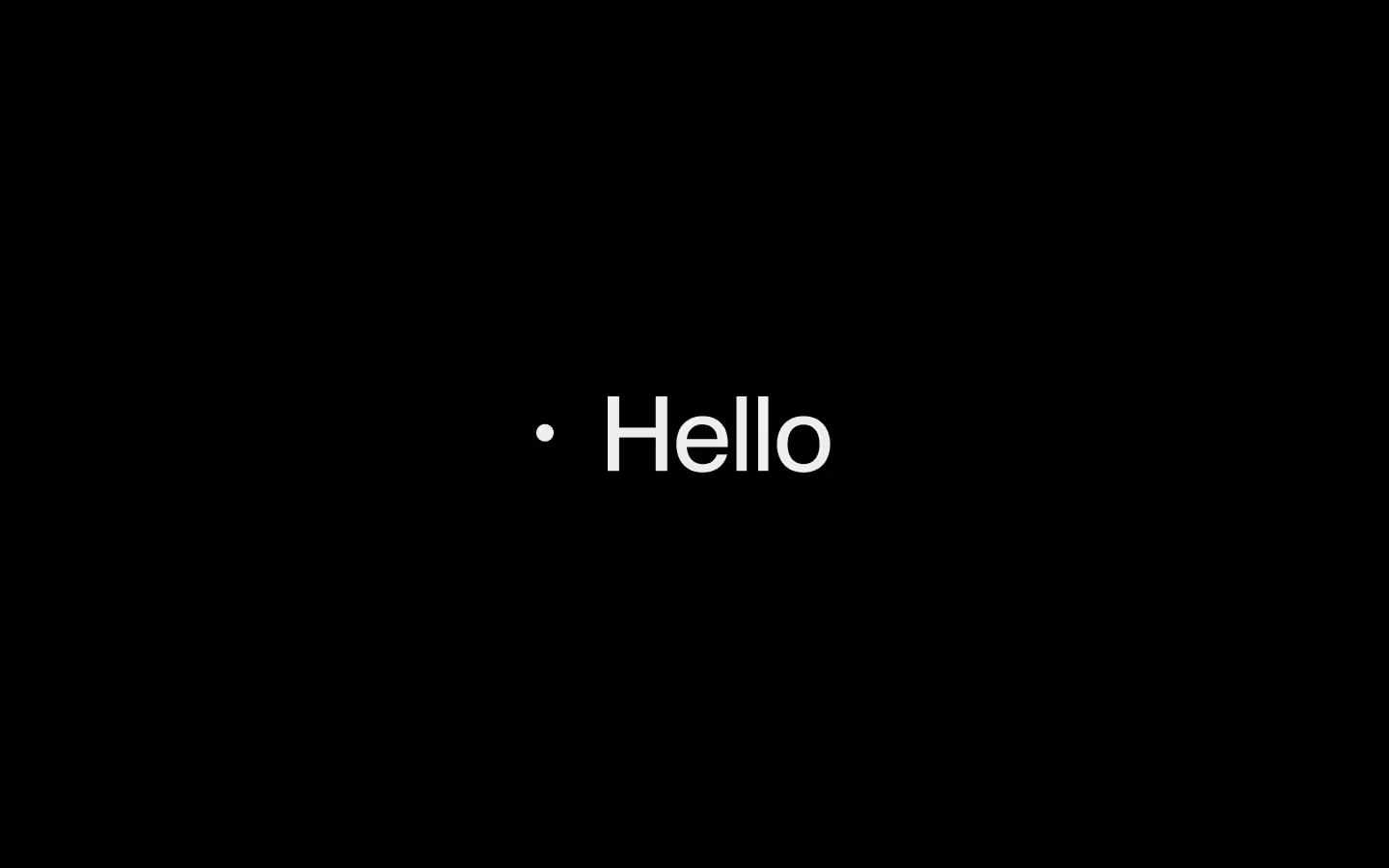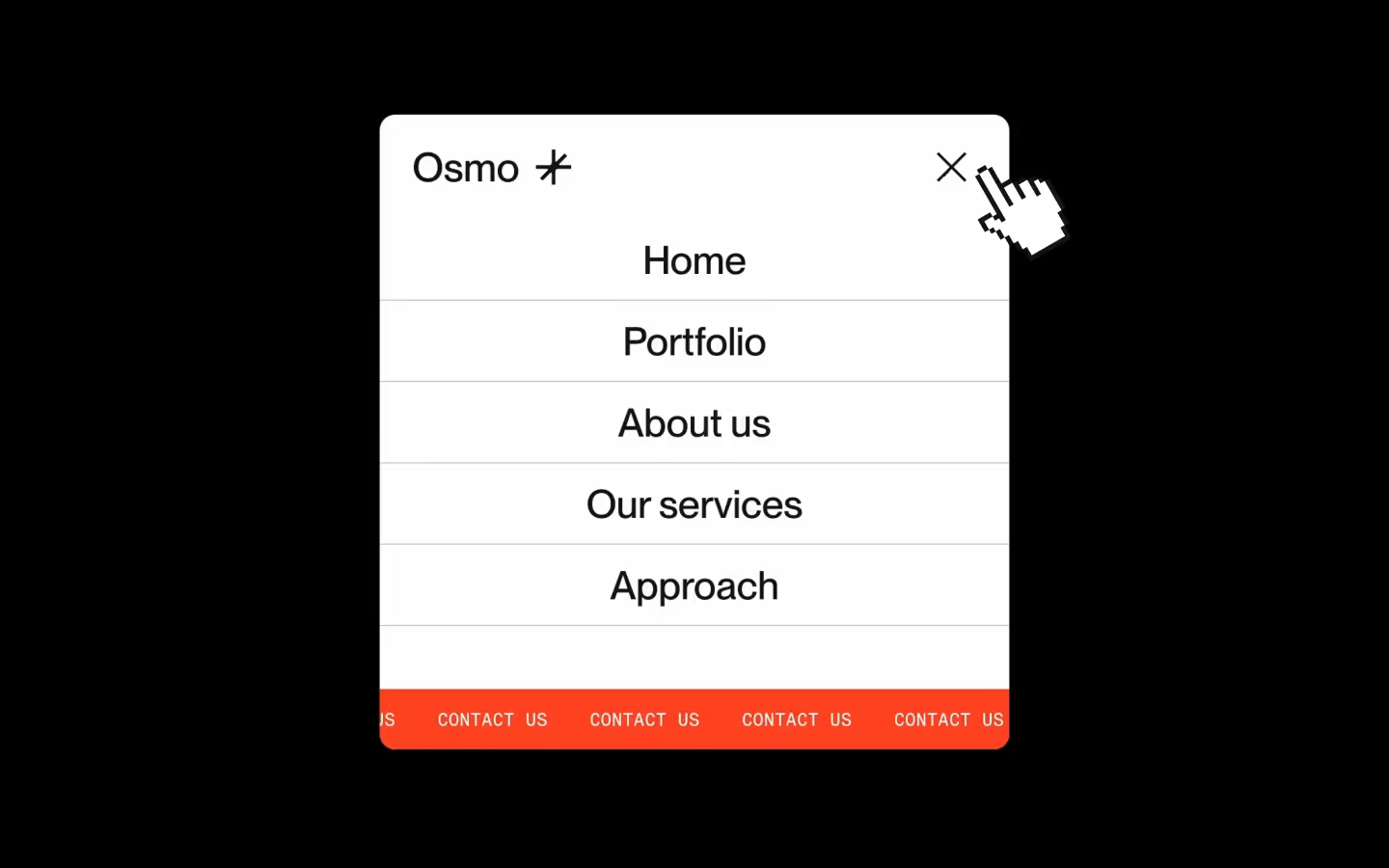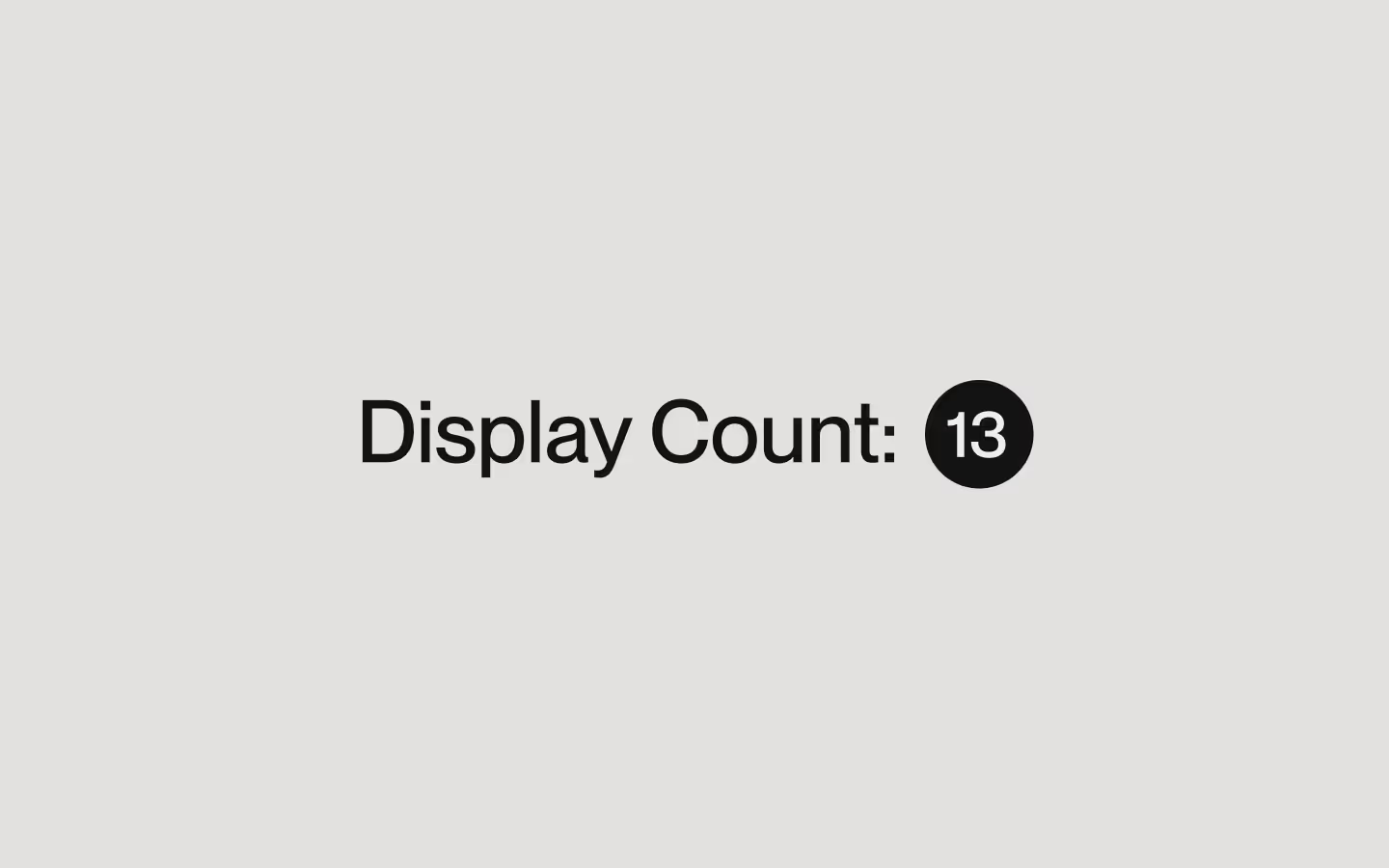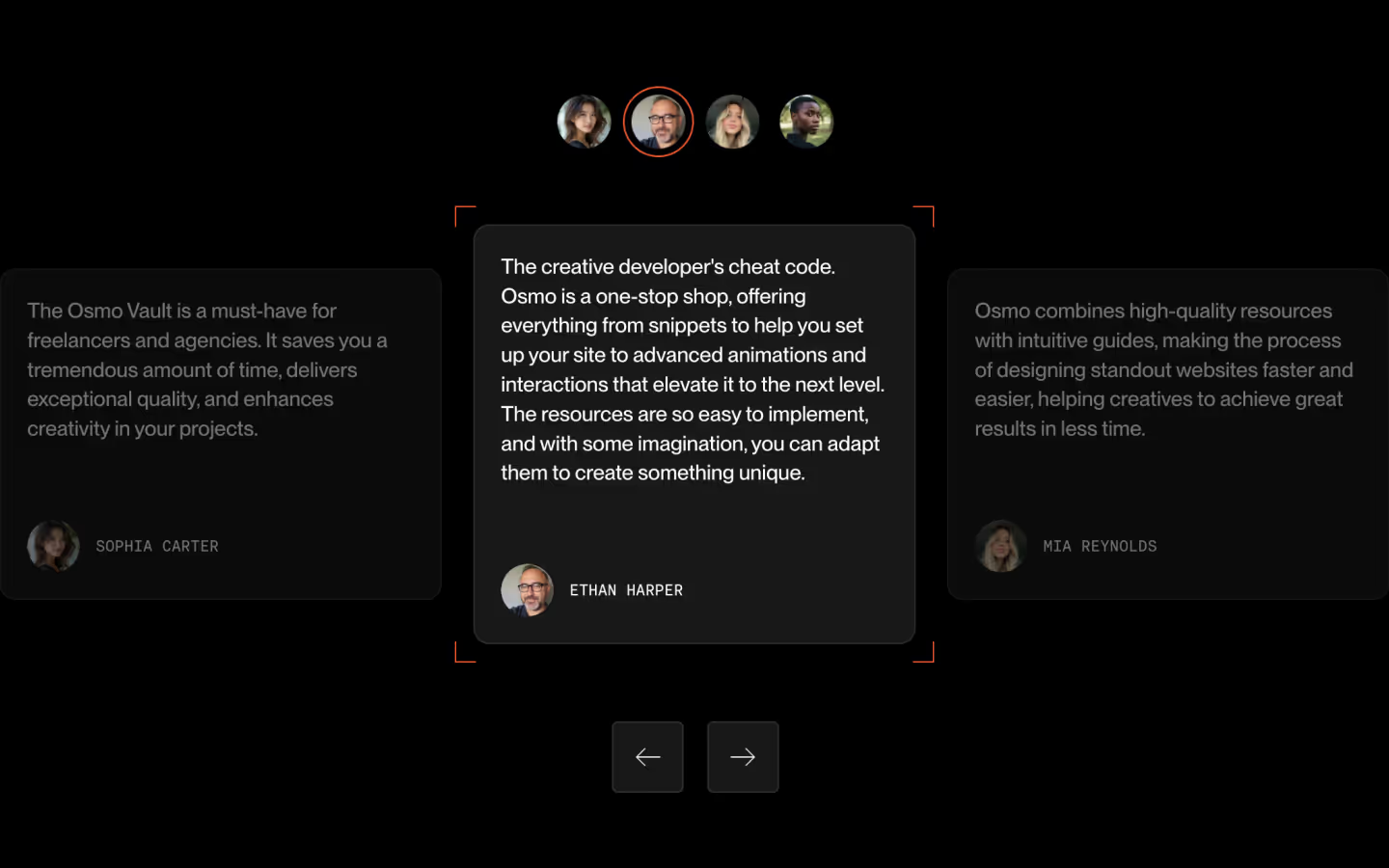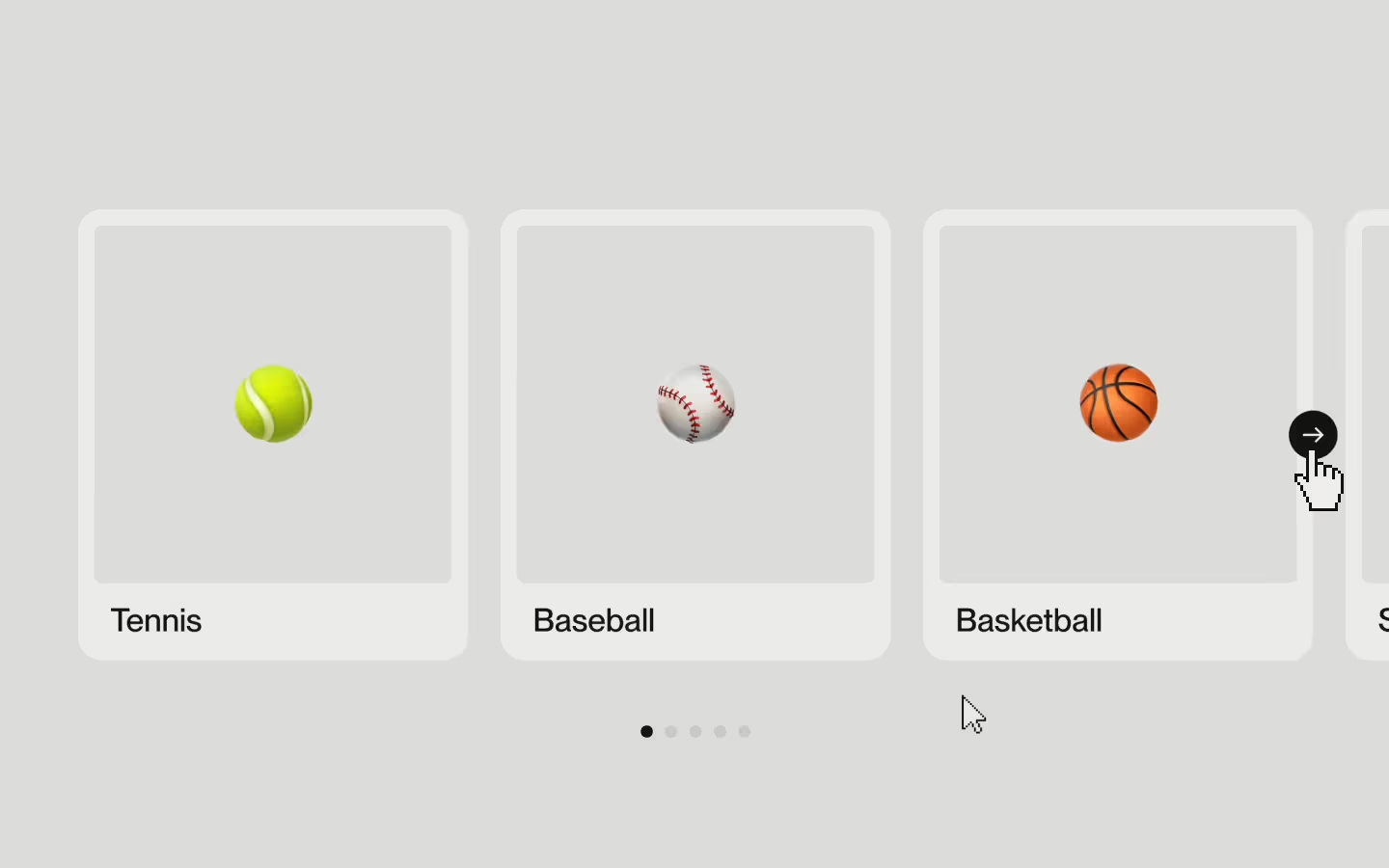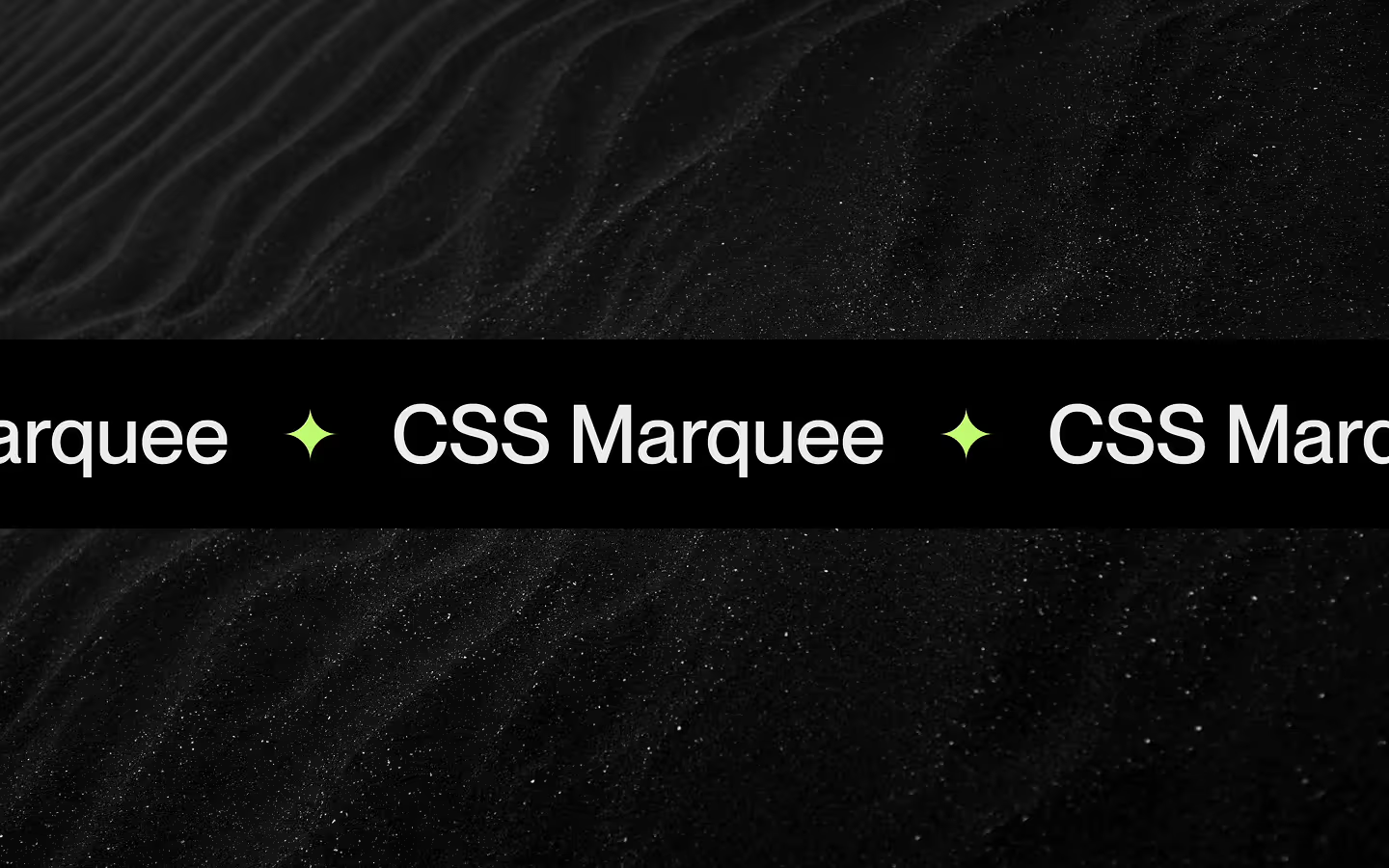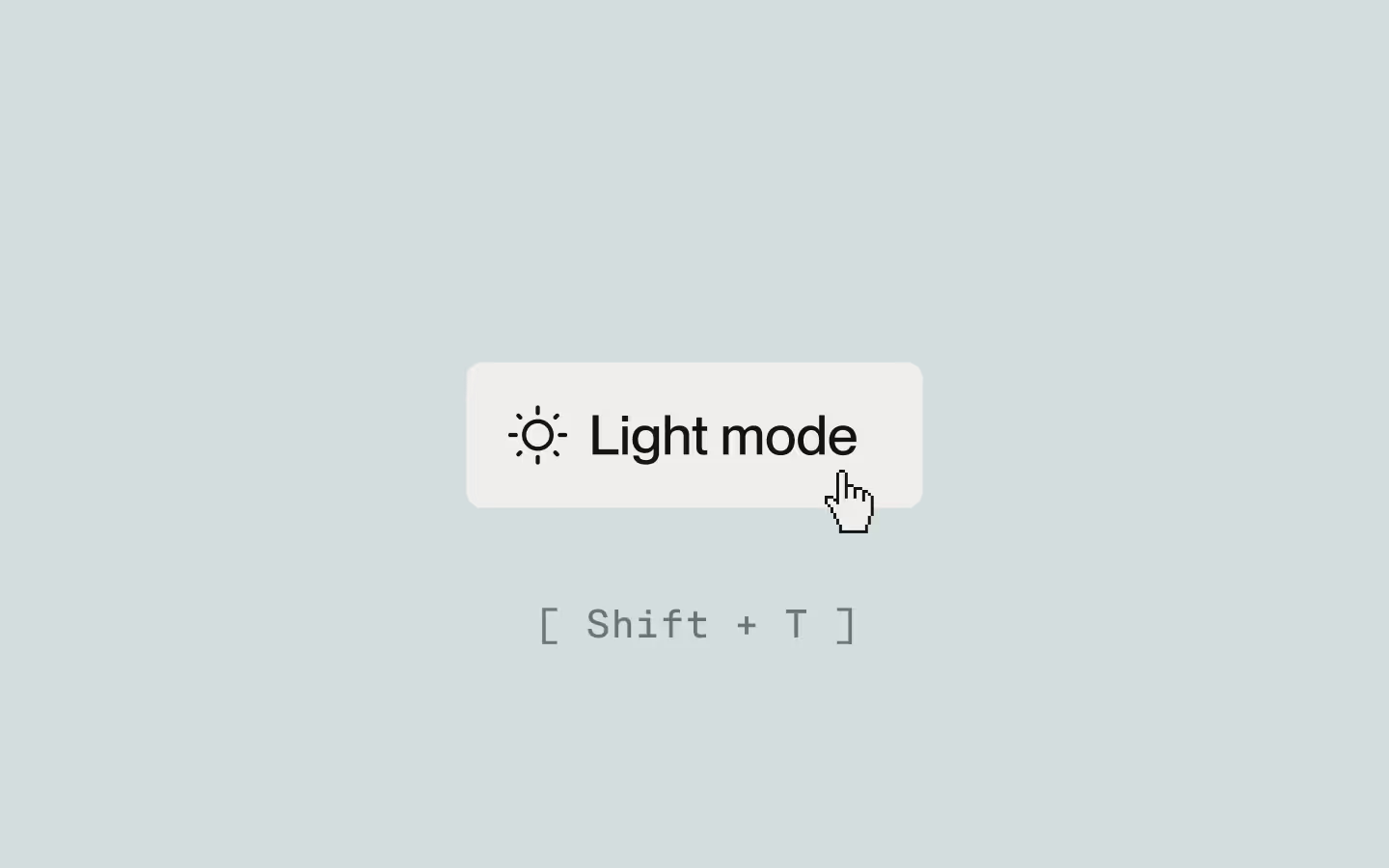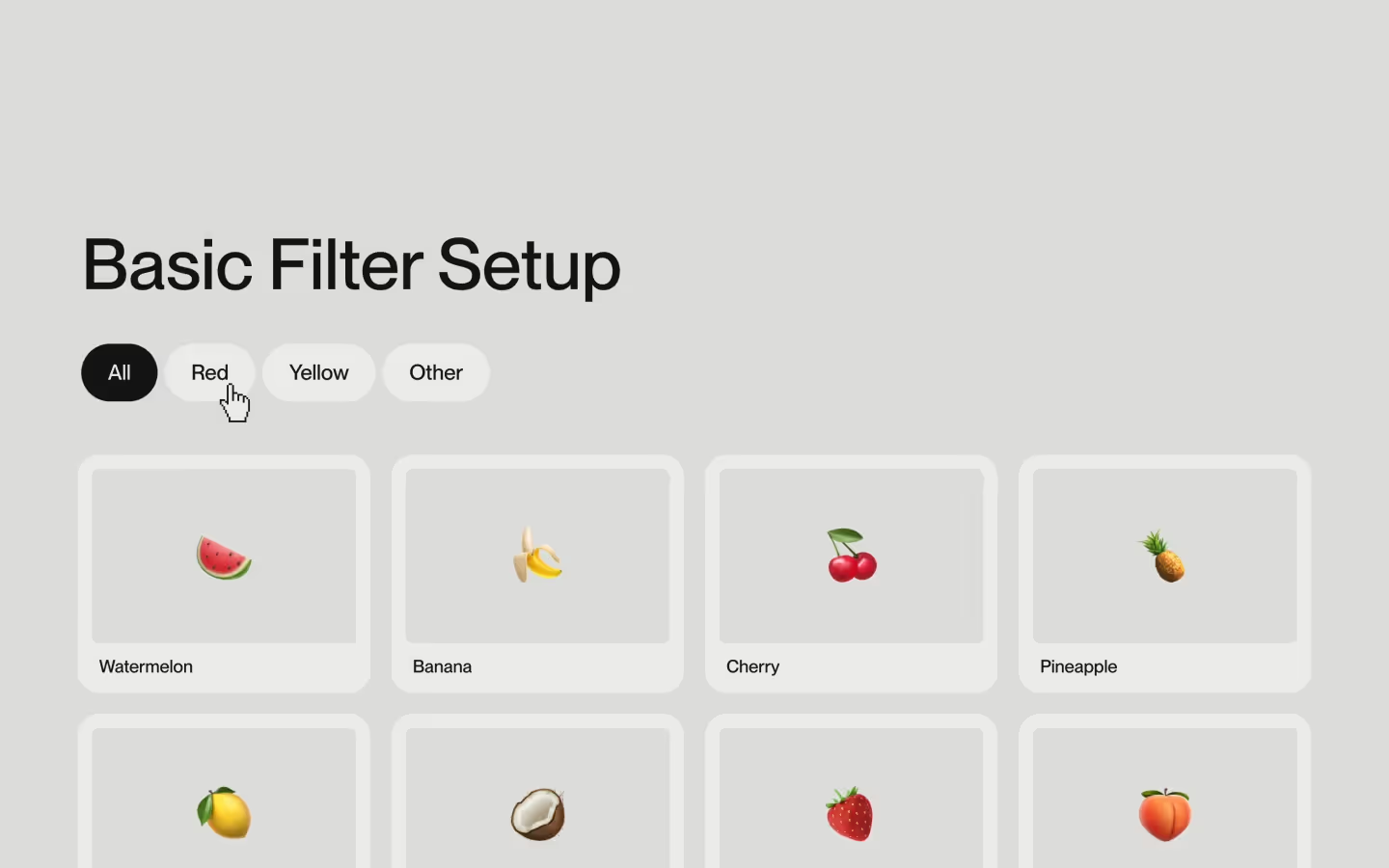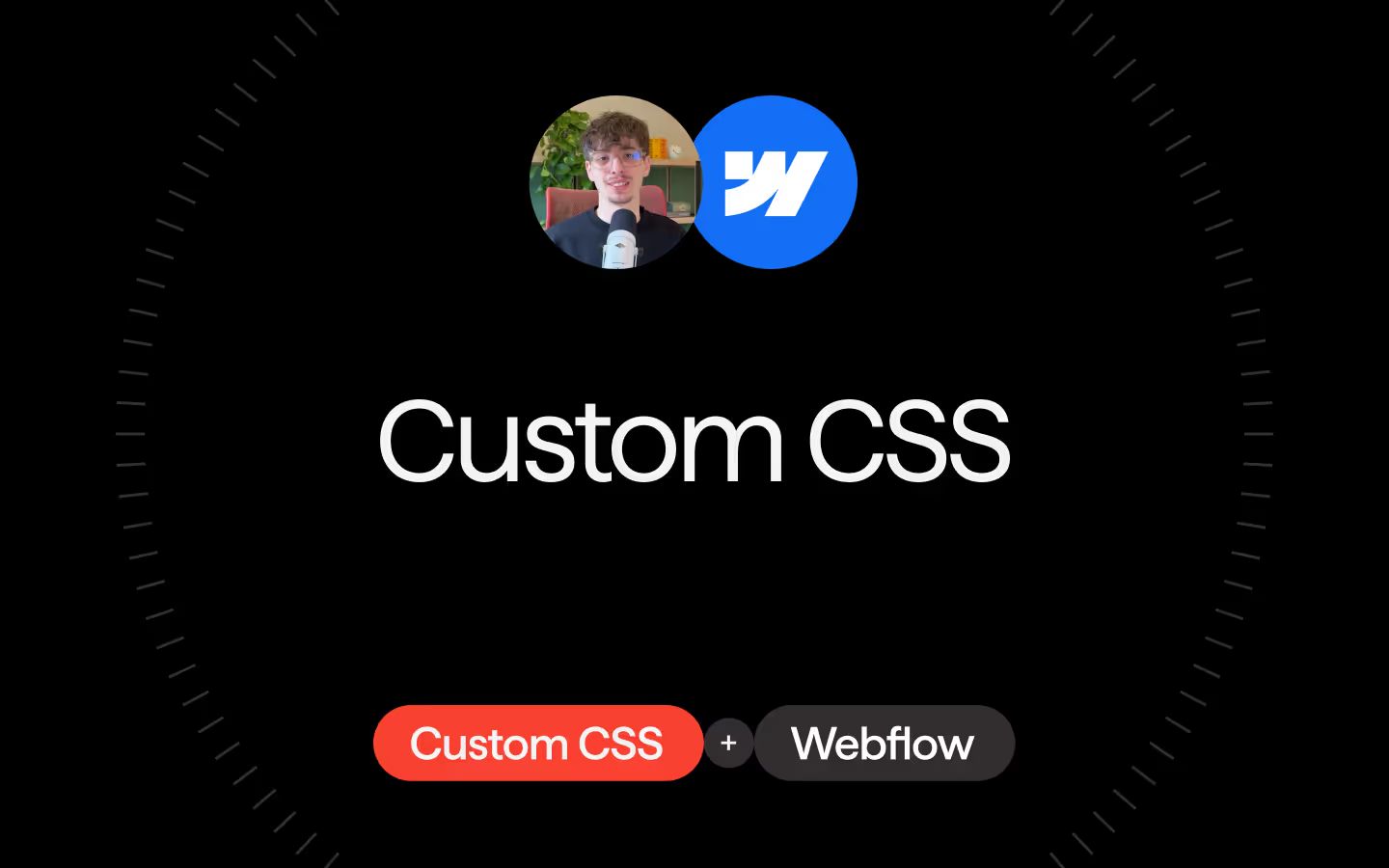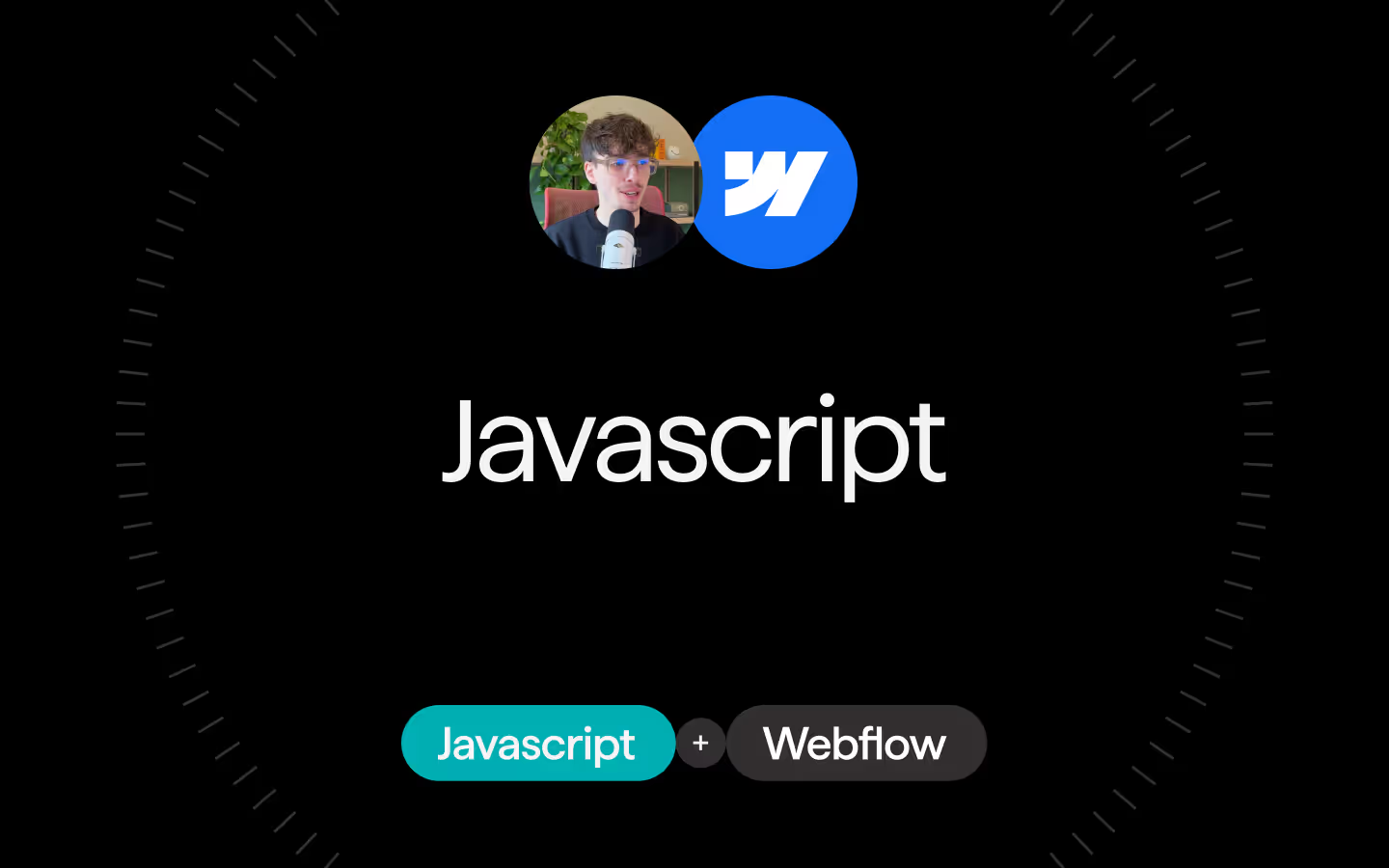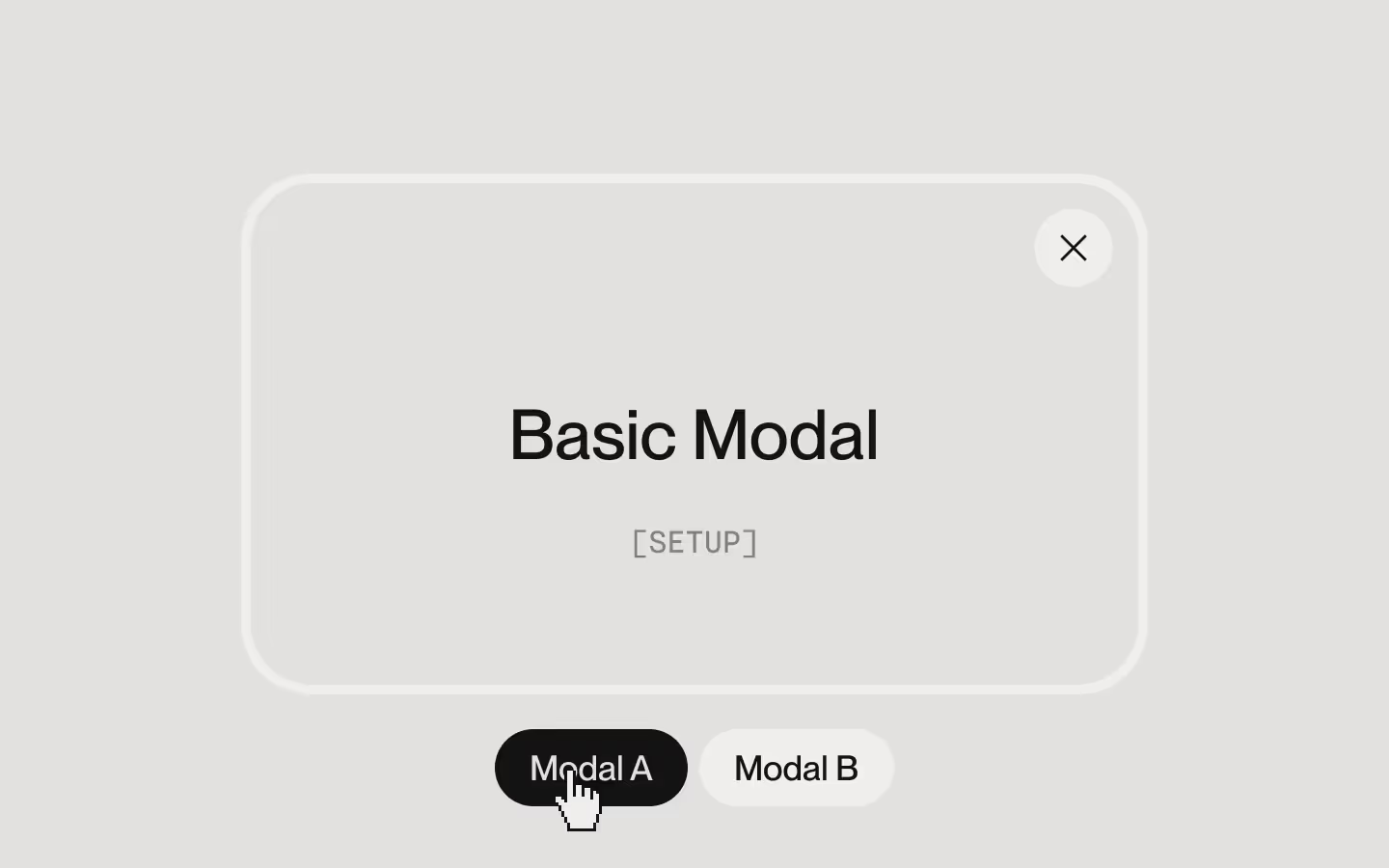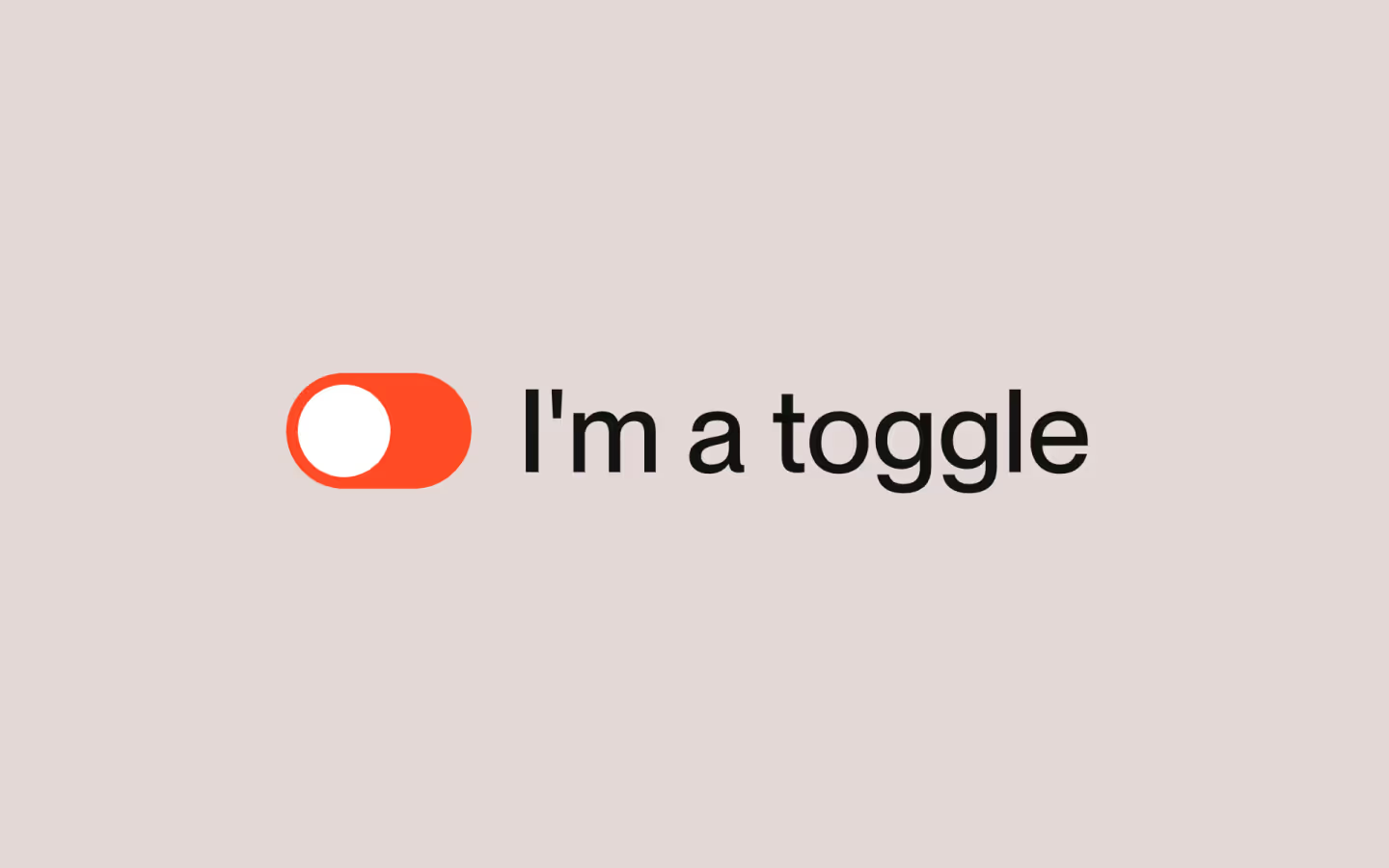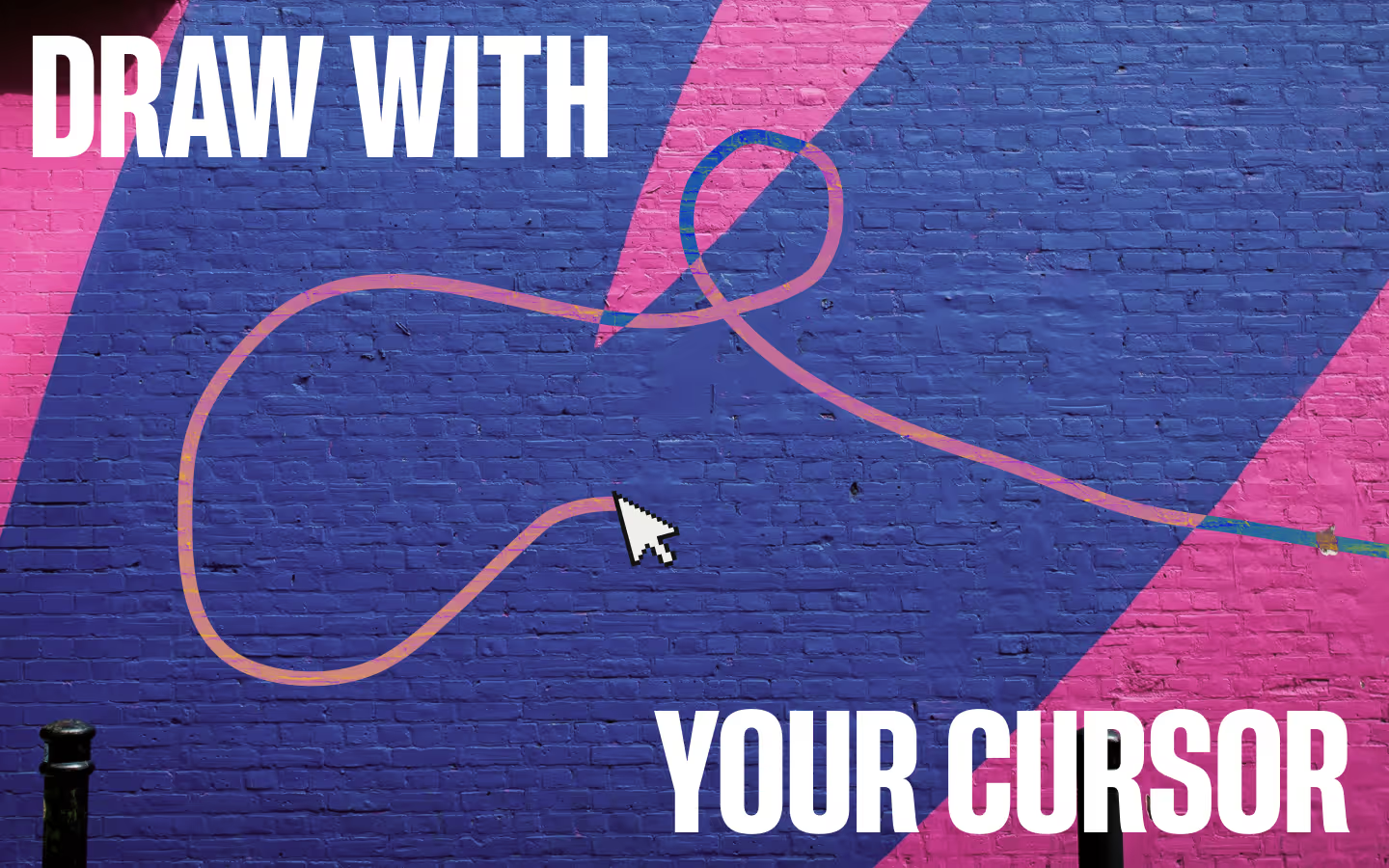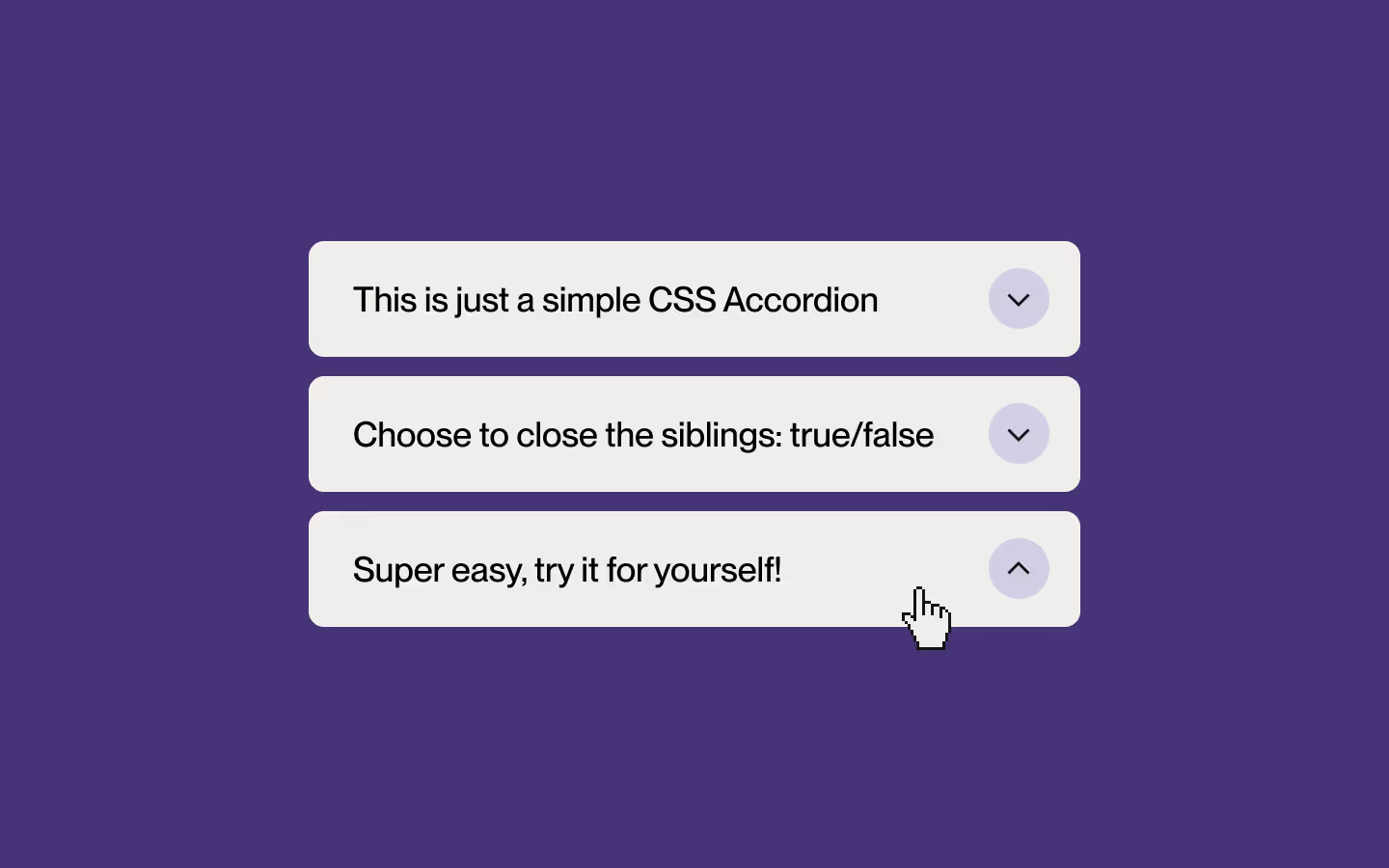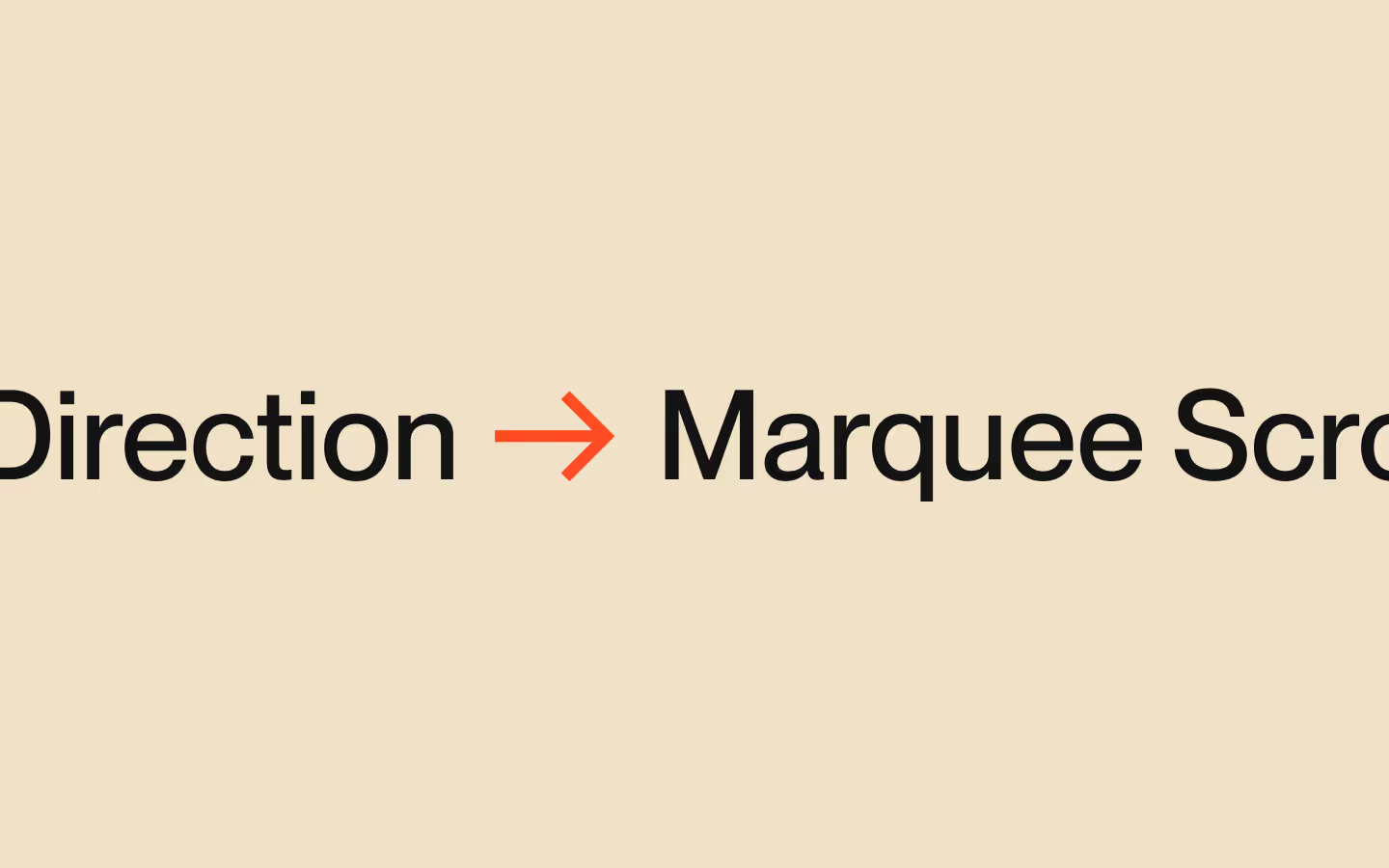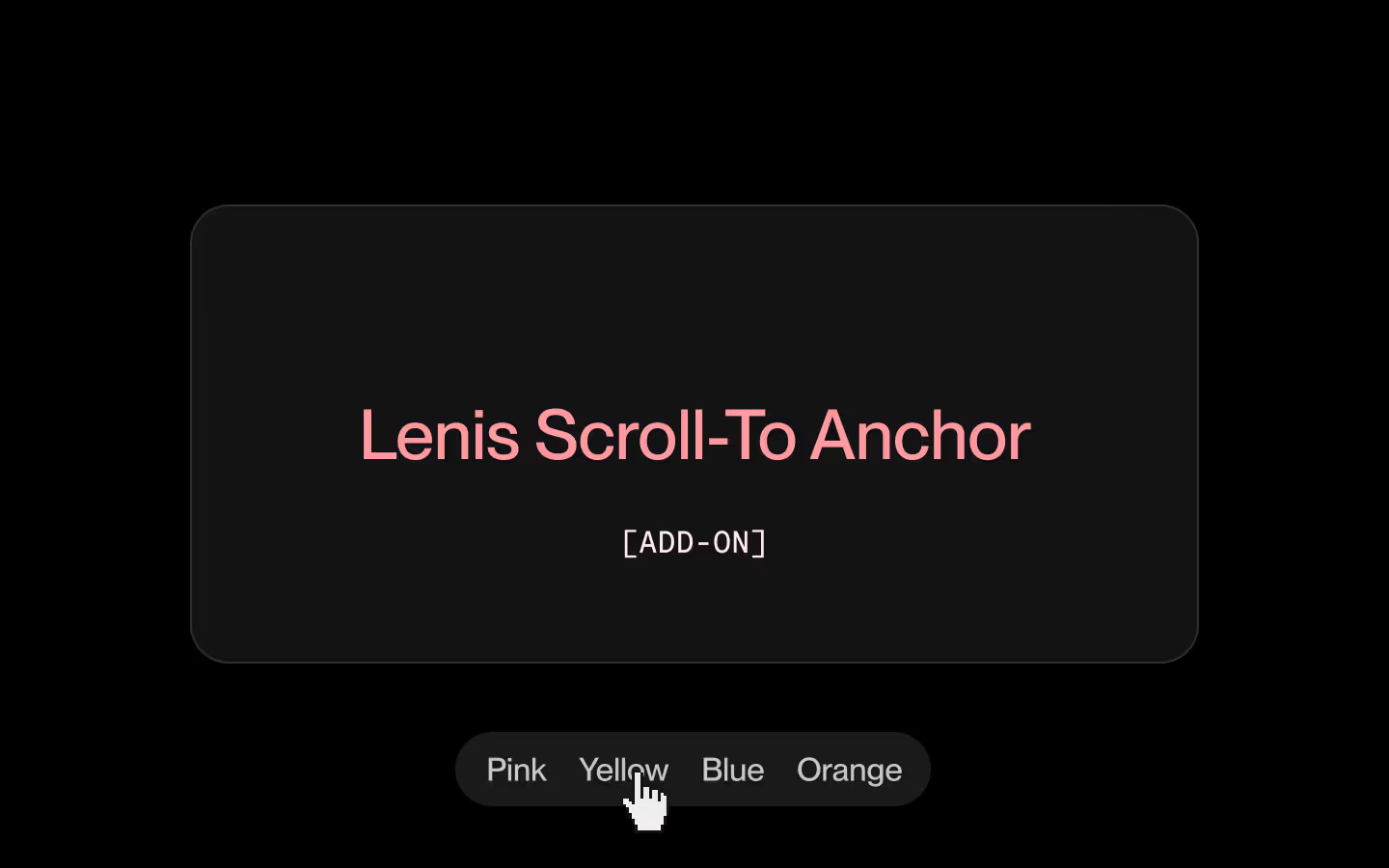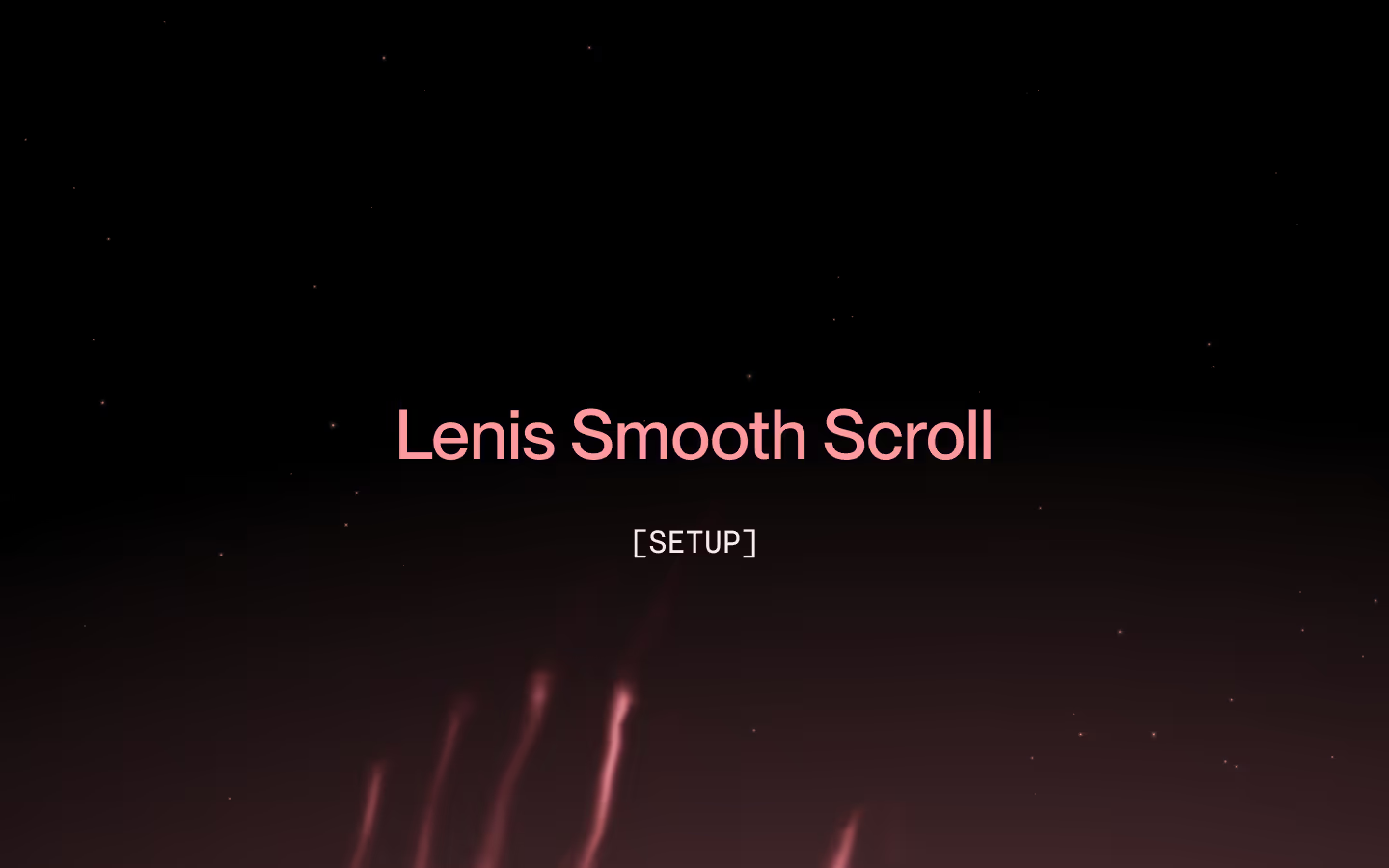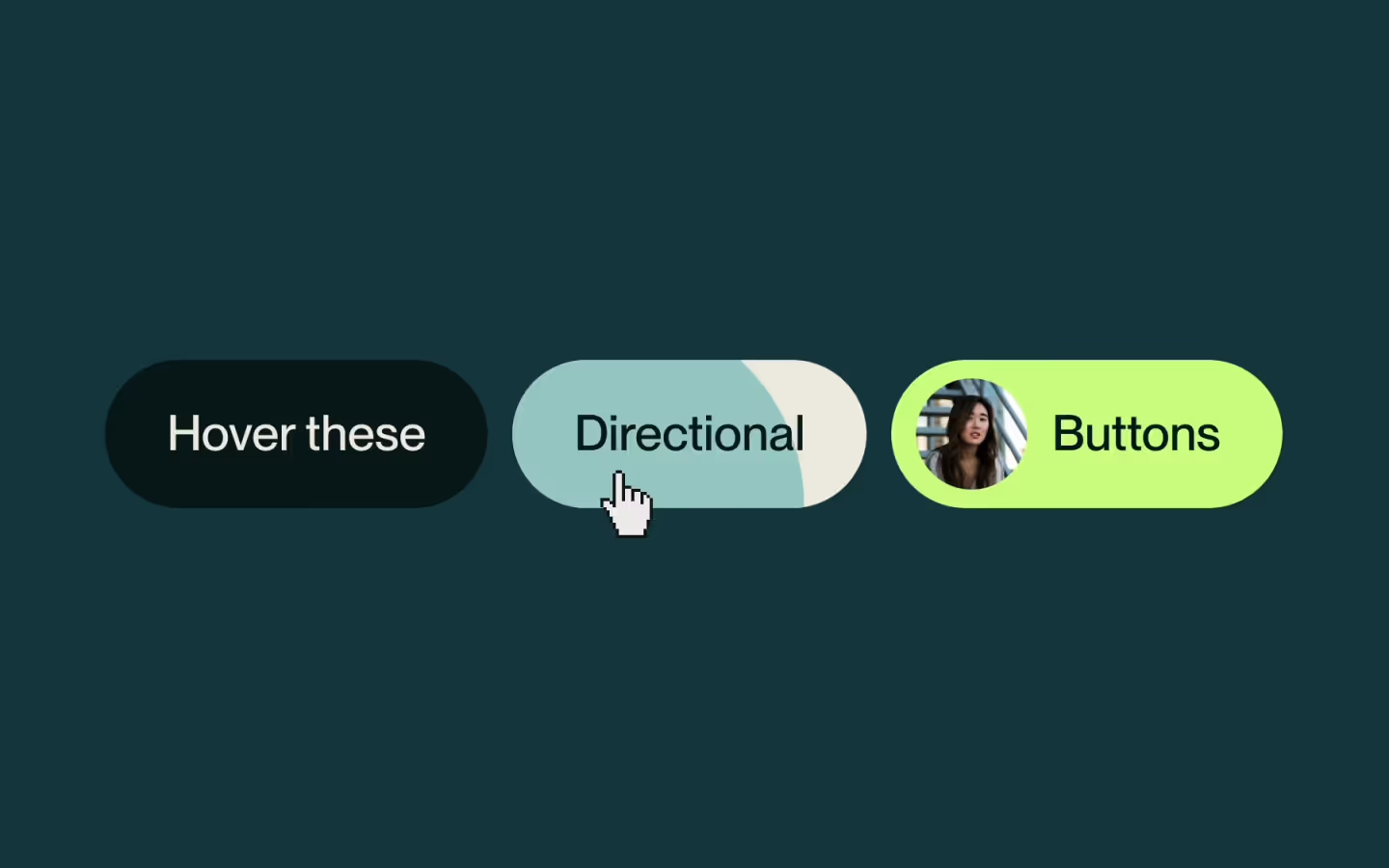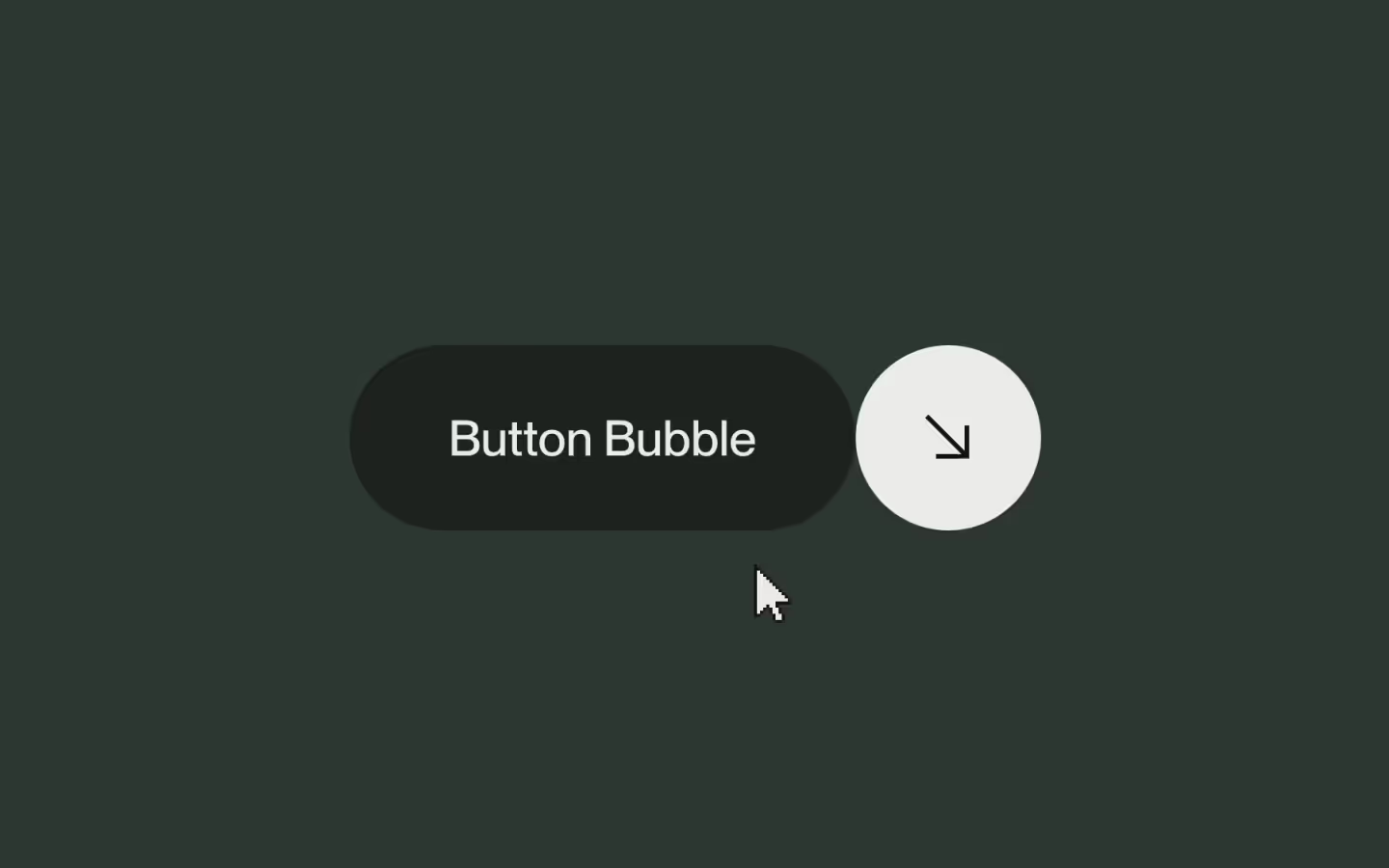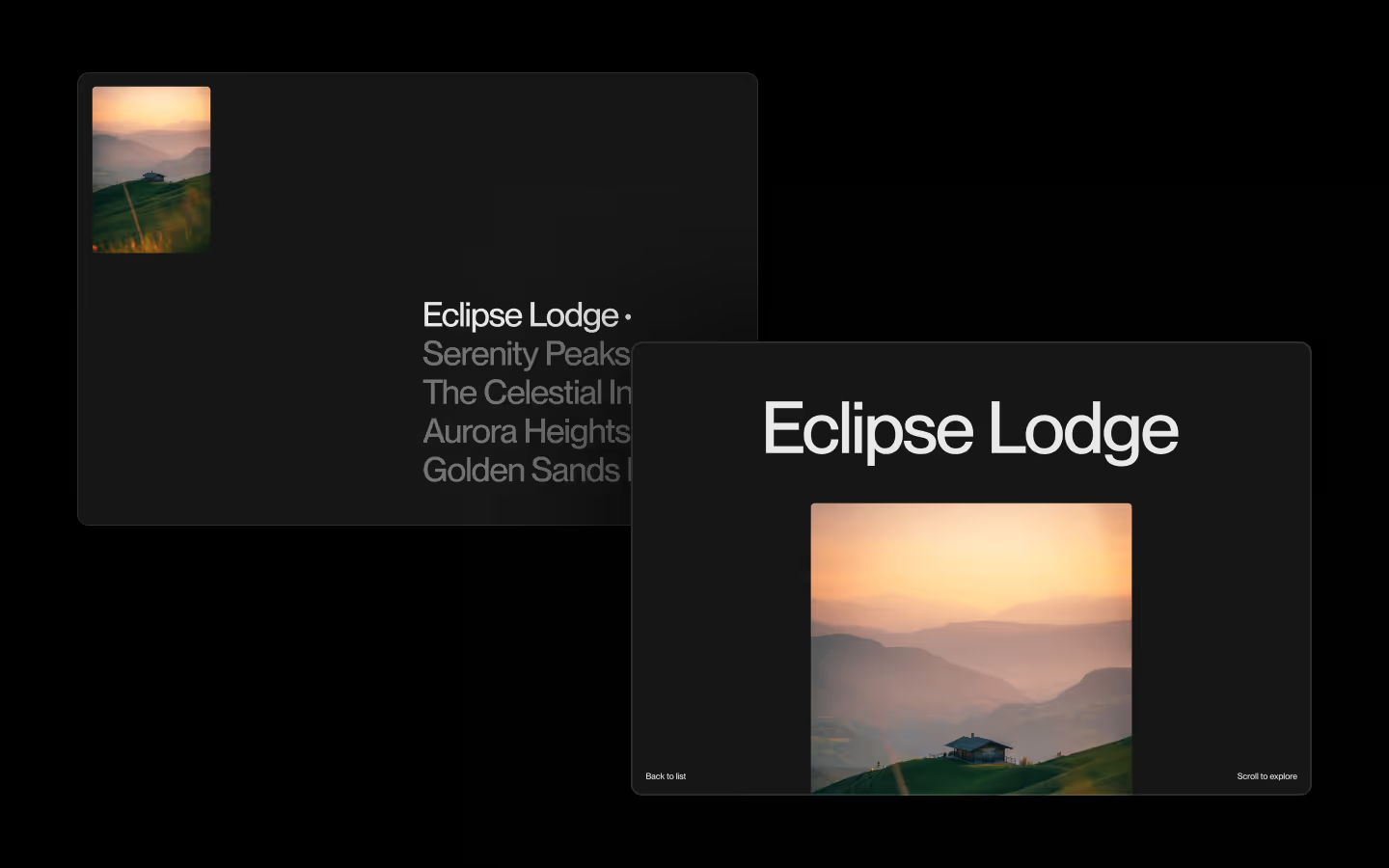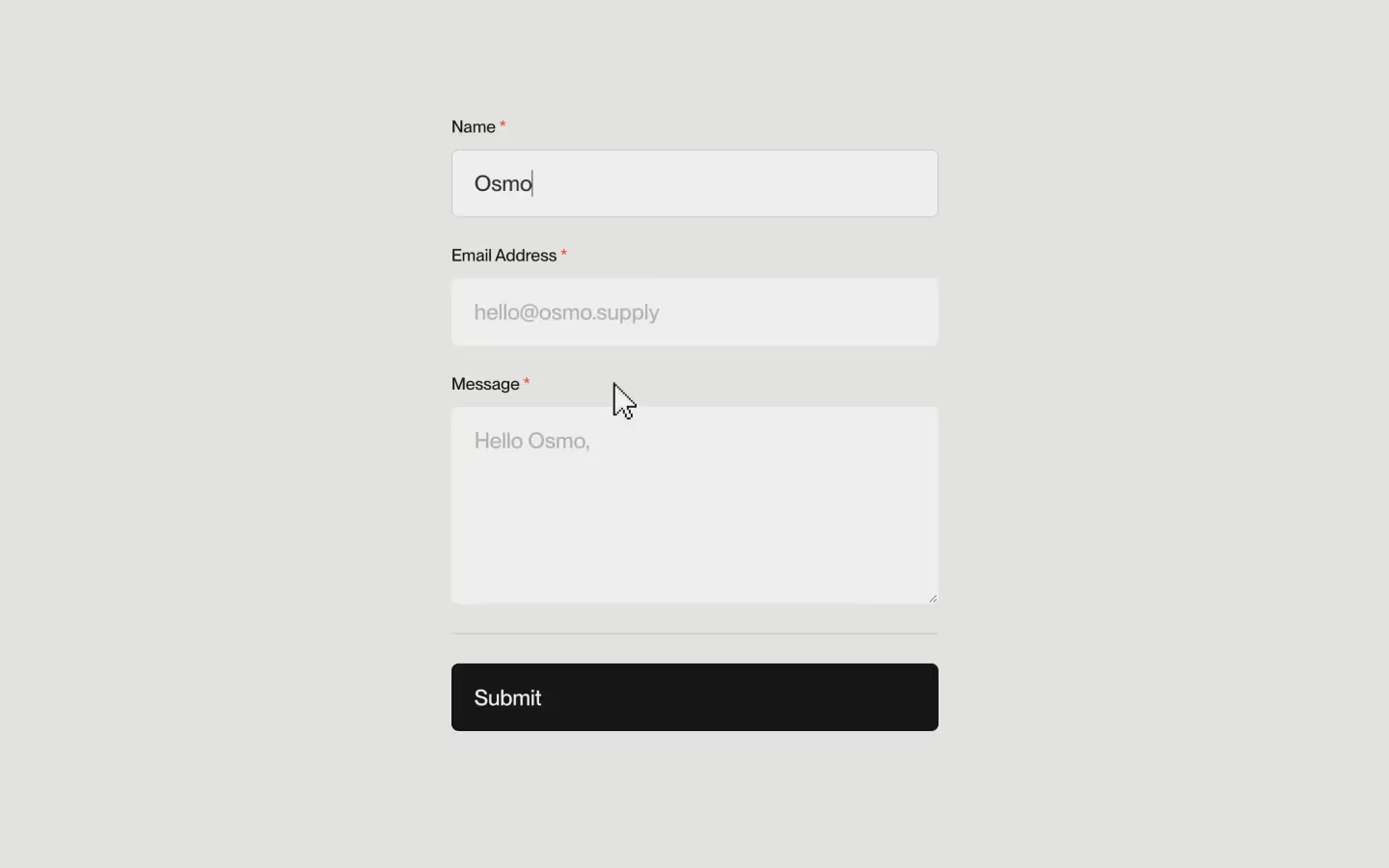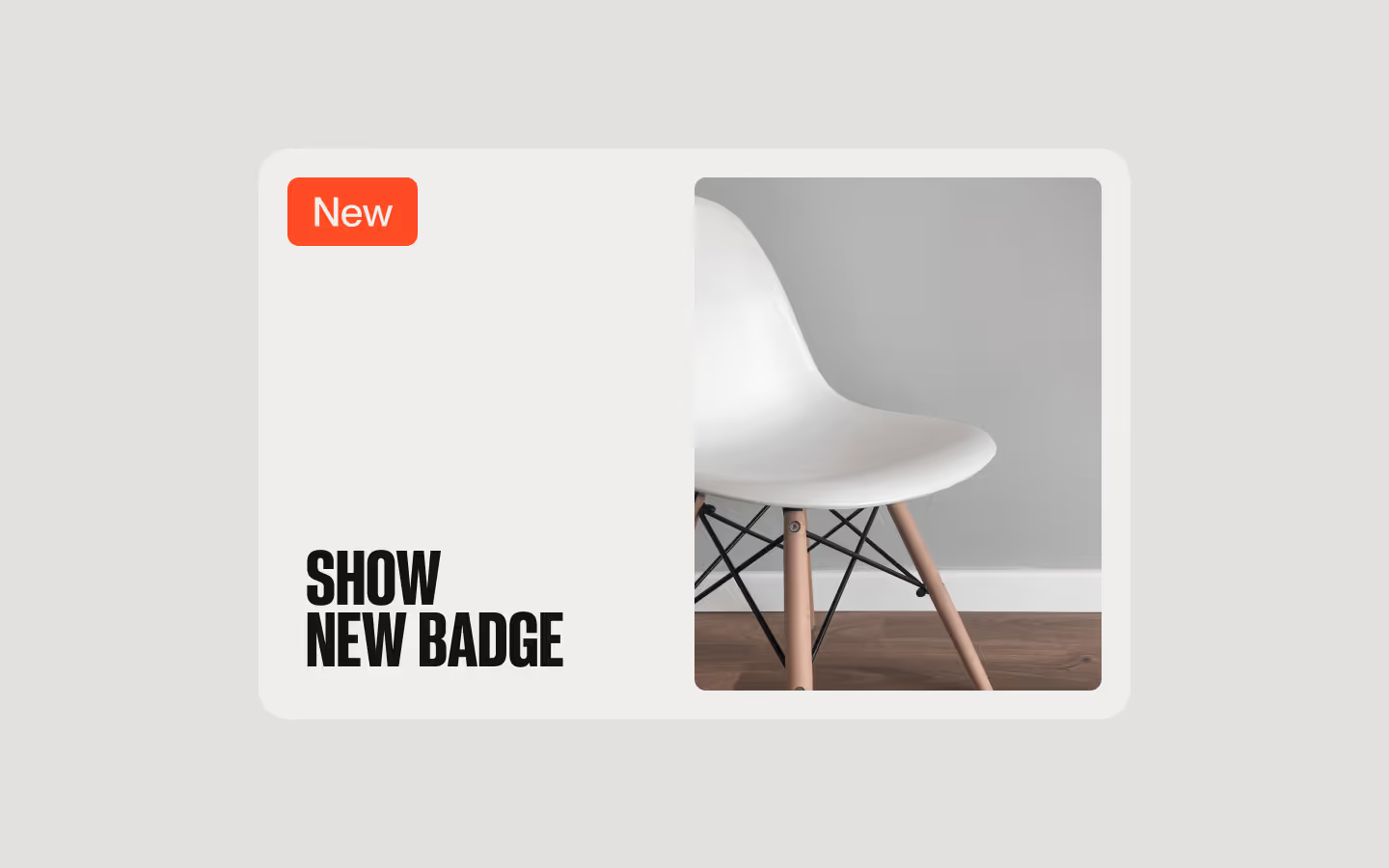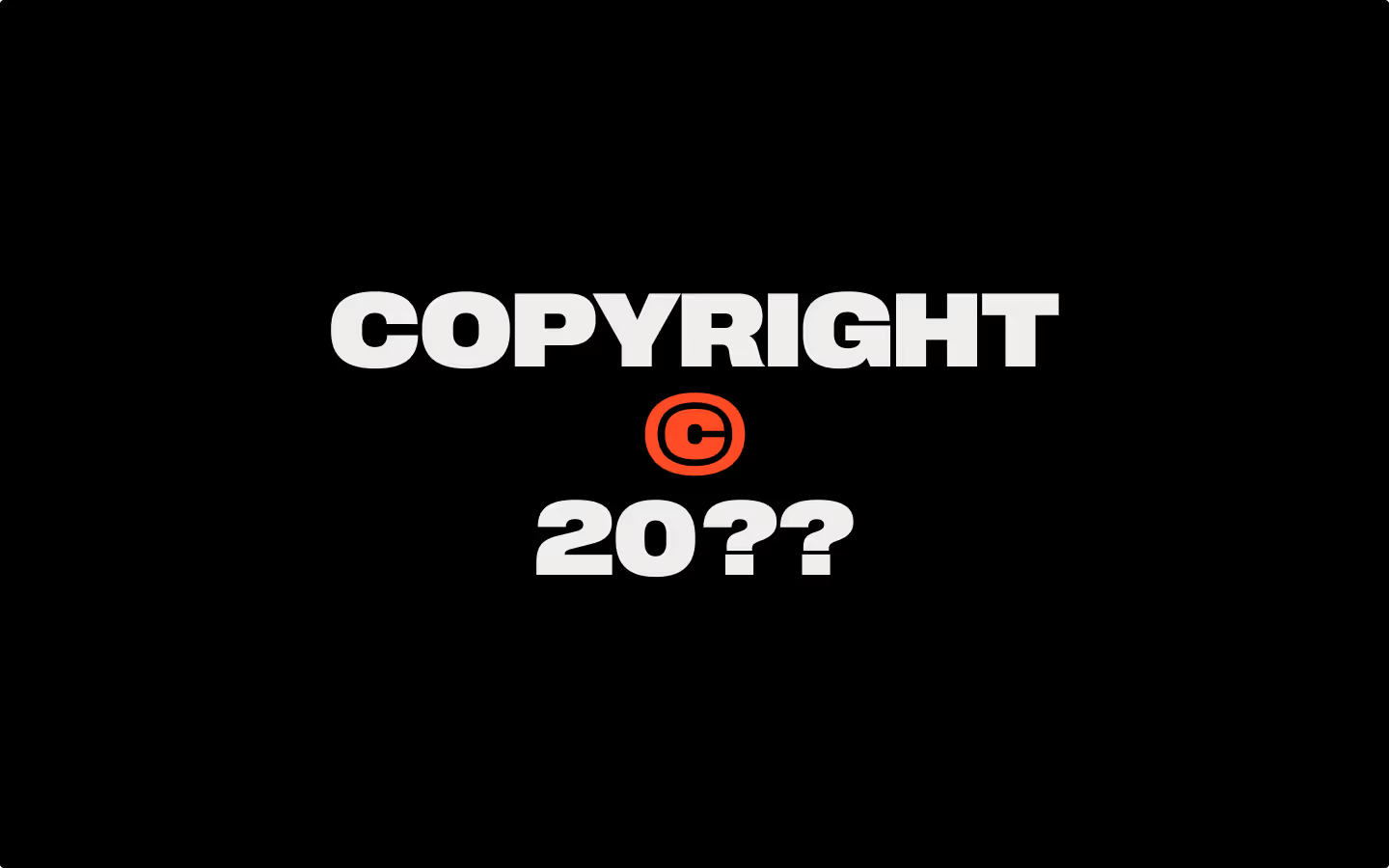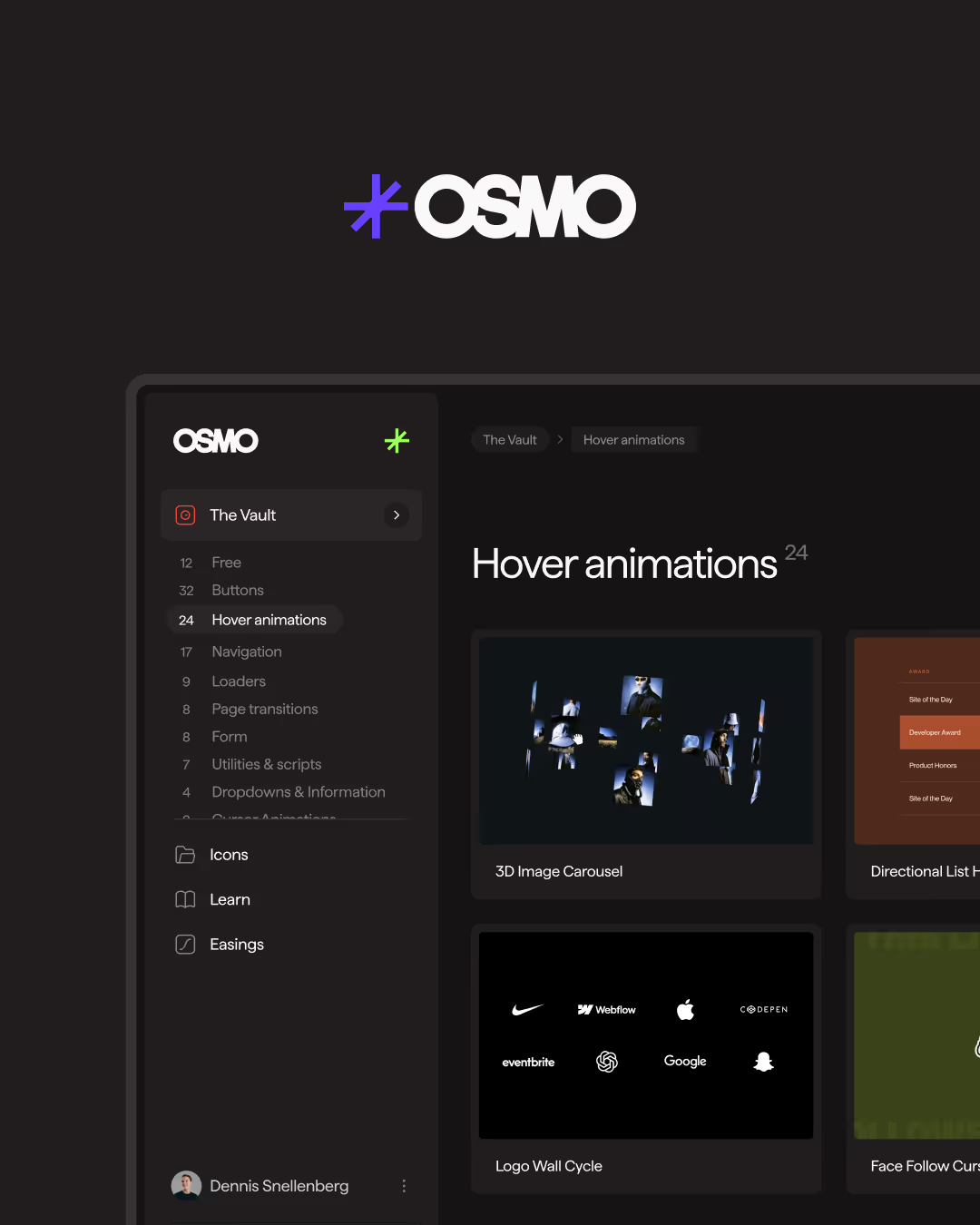Directional List Hover
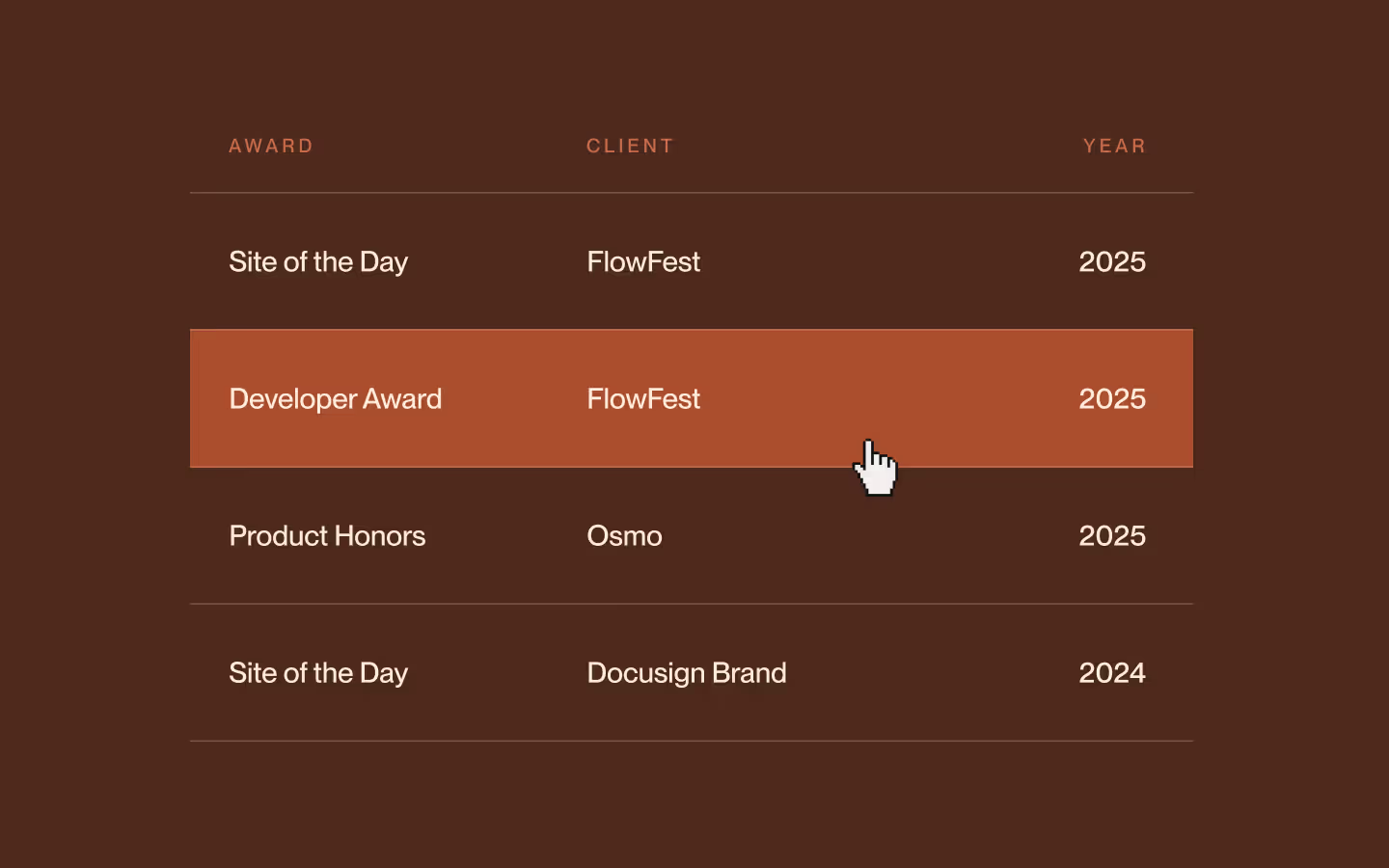
Documentation
Webflow
Code
Setup: External Scripts
External Scripts in Webflow
Make sure to always put the External Scripts before the Javascript step of the resource.
In this video you learn where to put these in your Webflow project? Or how to include a paid GSAP Club plugin in your project?
HTML
Step 1: Copy structure to Webflow
Copy structure to Webflow
In the video below we described how you can copy + paste the structure of this resource to your Webflow project.
Copy to Webflow
Webflow structure is not required for this resource.
Step 1: Add HTML
HTML
<div data-directional-hover="" data-type="y" class="directional-list">
<div class="directional-list__info">
<div class="directional-list__col-award">
<p class="direcitonal-list__eyebrow">Award</p>
</div>
<div class="directional-list__col-client">
<p class="direcitonal-list__eyebrow">Client</p>
</div>
<div class="directional-list__col-year">
<p class="direcitonal-list__eyebrow">Year</p>
</div>
</div>
<div class="directional-list__collection">
<div class="directional-list__list">
<a data-directional-hover-item="" href="https://www.flowfest.co.uk/" target="_blank" class="directional-list__item">
<div data-directional-hover-tile="" class="directional-list__hover-tile"></div>
<div class="directional-list__border is--item"></div>
<div class="directional-list__col-award">
<p class="direcitonal-list__p">Site of the Day</p>
</div>
<div class="directional-list__col-client">
<p class="direcitonal-list__p">FlowFest</p>
</div>
<div class="directional-list__col-year">
<p class="direcitonal-list__p">2025</p>
</div>
</a>
<a data-directional-hover-item="" href="https://www.osmo.supply/" target="_blank" class="directional-list__item">
<div data-directional-hover-tile="" class="directional-list__hover-tile"></div>
<div class="directional-list__border is--item"></div>
<div class="directional-list__col-award">
<p class="direcitonal-list__p">Product Honors</p>
</div>
<div class="directional-list__col-client">
<p class="direcitonal-list__p">Osmo</p>
</div>
<div class="directional-list__col-year">
<p class="direcitonal-list__p">2025</p>
</div>
</a>
<a data-directional-hover-item="" href="https://brand.docusign.com/" target="_blank" class="directional-list__item">
<div data-directional-hover-tile="" class="directional-list__hover-tile"></div>
<div class="directional-list__border is--item"></div>
<div class="directional-list__col-award">
<p class="direcitonal-list__p">Site of the Day</p>
</div>
<div class="directional-list__col-client">
<p class="direcitonal-list__p">Docusign Brand</p>
</div>
<div class="directional-list__col-year">
<p class="direcitonal-list__p">2024</p>
</div>
</a>
<a data-directional-hover-item="" href="https://aanstekelijk.nl/" target="_blank" class="directional-list__item">
<div data-directional-hover-tile="" class="directional-list__hover-tile"></div>
<div class="directional-list__border is--item"></div>
<div class="directional-list__col-award">
<p class="direcitonal-list__p">Site of the Day</p>
</div>
<div class="directional-list__col-client">
<p class="direcitonal-list__p">Aanstekelijk</p>
</div>
<div class="directional-list__col-year">
<p class="direcitonal-list__p">2023</p>
</div>
</a>
</div>
</div>
<div class="directional-list__border"></div>
</div>HTML structure is not required for this resource.
Step 2: Add CSS
CSS
.directional-list {
color: #ffecde;
flex-flow: column;
width: 100%;
max-width: 50em;
display: flex;
position: relative;
}
.directional-list__info {
grid-column-gap: 1em;
grid-row-gap: 1em;
justify-content: space-between;
align-items: center;
width: 100%;
padding-bottom: 1.5em;
padding-left: 1.5em;
padding-right: 1.5em;
display: flex;
position: relative;
}
.direcitonal-list__eyebrow {
color: #c96d4d;
letter-spacing: .1em;
text-transform: uppercase;
margin-bottom: 0;
font-size: .75em;
line-height: 1;
}
.directional-list__item {
grid-column-gap: 1em;
grid-row-gap: 1em;
color: inherit;
justify-content: space-between;
align-items: center;
margin-top: -1px;
padding: 2.25em 1.5em;
text-decoration: none;
display: flex;
position: relative;
overflow: hidden;
}
.directional-list__col-award {
min-width: 30%;
position: relative;
}
.directional-list__col-client {
flex: 1;
position: relative;
}
.directional-list__col-year {
flex: none;
min-width: 3em;
position: relative;
}
.direcitonal-list__p {
margin-bottom: 0;
font-size: 1em;
line-height: 1;
}
.directional-list__border {
z-index: 2;
opacity: .3;
background-color: currentColor;
width: 100%;
height: 1px;
position: absolute;
bottom: 0;
left: 0;
}
.directional-list__border.is--item {
top: 0;
bottom: auto;
}
.directional-list__hover-tile {
background-color: #ab4e2d;
width: 100%;
height: 100%;
position: absolute;
top: 0;
left: 0;
}
[data-directional-hover-tile] {
transition: transform 0.5s cubic-bezier(0.16, 1, 0.3, 1);
transform: translateY(-100%);
will-change: transform;
}Step 2: Add custom Javascript
Custom Javascript in Webflow
In this video, Ilja gives you some guidance about using JavaScript in Webflow:
Step 2: Add Javascript
Step 3: Add Javascript
Javascript
function initDirectionalListHover() {
const directionMap = {
top: 'translateY(-100%)',
bottom: 'translateY(100%)',
left: 'translateX(-100%)',
right: 'translateX(100%)'
};
document.querySelectorAll('[data-directional-hover]').forEach(container => {
const type = container.getAttribute('data-type') || 'all';
container.querySelectorAll('[data-directional-hover-item]').forEach(item => {
const tile = item.querySelector('[data-directional-hover-tile]');
if (!tile) return;
item.addEventListener('mouseenter', e => {
const dir = getDirection(e, item, type);
tile.style.transition = 'none';
tile.style.transform = directionMap[dir] || 'translate(0, 0)';
void tile.offsetHeight;
tile.style.transition = '';
tile.style.transform = 'translate(0%, 0%)';
item.setAttribute('data-status', `enter-${dir}`);
});
item.addEventListener('mouseleave', e => {
const dir = getDirection(e, item, type);
item.setAttribute('data-status', `leave-${dir}`);
tile.style.transform = directionMap[dir] || 'translate(0, 0)';
});
});
function getDirection(event, el, type) {
const { left, top, width: w, height: h } = el.getBoundingClientRect();
const x = event.clientX - left;
const y = event.clientY - top;
if (type === 'y') return y < h / 2 ? 'top' : 'bottom';
if (type === 'x') return x < w / 2 ? 'left' : 'right';
const distances = {
top: y,
right: w - x,
bottom: h - y,
left: x
};
return Object.entries(distances).reduce((a, b) => (a[1] < b[1] ? a : b))[0];
}
});
}
// Initialize Directional List Hover
document.addEventListener('DOMContentLoaded', () => {
initDirectionalListHover();
});Step 3: Add custom CSS
Step 2: Add custom CSS
Custom CSS in Webflow
Curious about where to put custom CSS in Webflow? Ilja explains it in the below video:
CSS
[data-directional-hover-tile] {
transition: transform 0.5s cubic-bezier(0.16, 1, 0.3, 1);
transform: translateY(-100%);
will-change: transform;
}Implementation
Container
Wrap your hover items in an element with [data-directional-hover].
You can optionally define the direction detection using the [data-type] attribute. Use "y" for vertical detection (top/bottom), "x" for horizontal detection (left/right), or "all" to support both directions. If no data-type is defined, it defaults to "all".
<div data-directional-hover data-type="y">
...
</div>Item
Each hoverable element should use the attribute [data-directional-hover-item]. This is where the hover events are attached, and where the data-status attribute is dynamically applied by Javascript. This attribute controls the visual animation state, such as enter-top or leave-left.
Tile
Inside each item, the actual animated element should be marked with [data-directional-hover-tile]. This tile will animate in from the correct direction on hover in, and exit in the matching direction on hover out.
Resource details
Last updated
September 30, 2025
Category
Hover Interactions
Need help?
Join Slack







